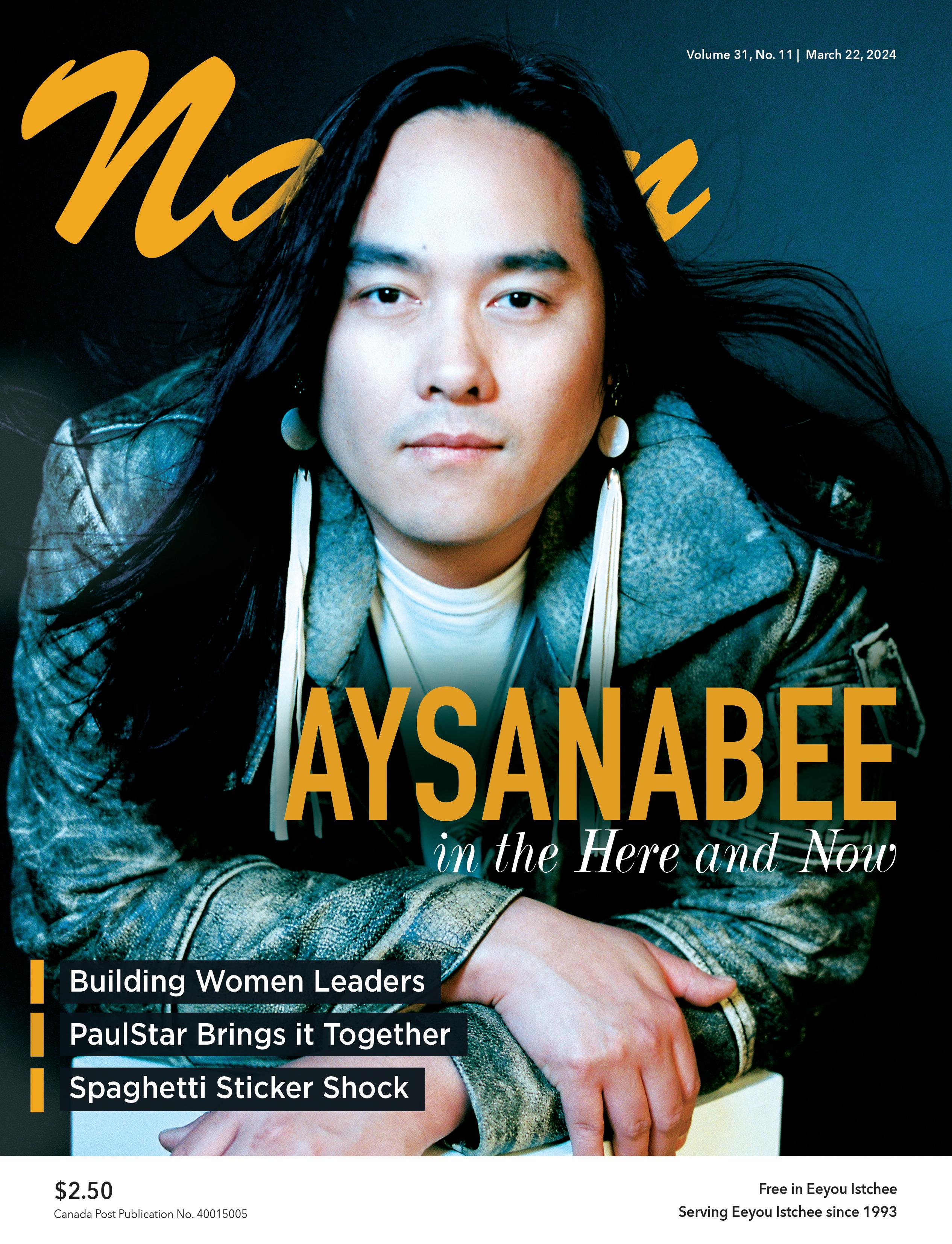

A SCHOOL FOR AND BY FIRST NATIONS
First Nations Executive Education (FNEE) offers short leadership programs that have been developed specifically to meet First Nations needs.
PROGRAMS DESIGNED FOR CURRENT
FIRST NATIONS LEADERS
› Elected officials and administrators
› Entrepreneurs and business CEOs
› Managers, general directors and program directors
› Women an d leadership
› Economic leaders – Grand Circle (binome registrations)
ᐄᔨᔨᐅᒡ ᑳ ᐅᒋᒫᐅᐱᔅᑎᐦᒡ ᒋᔅᑯᑎᒫᒑᐎᓂᔨᐤ (FNEE) ᒥᔨᐙᐅᒡ ᐋ ᑎᐦᒀᔨᒡ ᒋᔅᑯᑎᒫᒑᐎᓐᐦ
ᐋ ᓃᑳᓂᓯᓈᓂᐎᔨᒡ ᐋ ᒌ ᑭᓂᐙᐱᒫᑭᓂᐎᒡ ᐄᔨᔨᐅᒡ ᐊᓂᔮᔨᐤ ᐋ ᐃᔑ ᓂᑎᐙᔨᐦᑎᐦᒡ
ᐄᔨᔨᐤ ᐋ ᐄᑎᔅᑳᓈᓯᒡ᙮



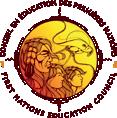
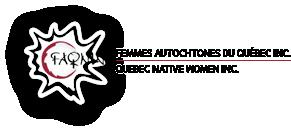



AND ASPIRING
fnee.ca FOR MORE INFORMATION FOLLOW US SDG-32637 ALSO AVAILABLE CUSTOMIZED PROGRAMS DEVELOPED IN-LINE WITH THE SPECIFIC NEEDS OF INDIGENOUS AND NON-INDIGENOUS ORGANIZATIONS LIMITED PLACES AVAILABLE — SUBMIT YOUR CANDIDACY For and by First Nations Founding members Our partners Partner –Entrepreneurship programs Partner –Women and leadership programs With the financial participation of ᒋᔅᑯᑎᒫᒑᐎᓐᐦ ᐐᔨᐙᐤ ᐅᐦᒡ ᑭᔮᐦ ᐋ ᒌᐦ ᐆᐙᑎᔅᑖᒡ
ᐄᔨᔨᐅᒡ
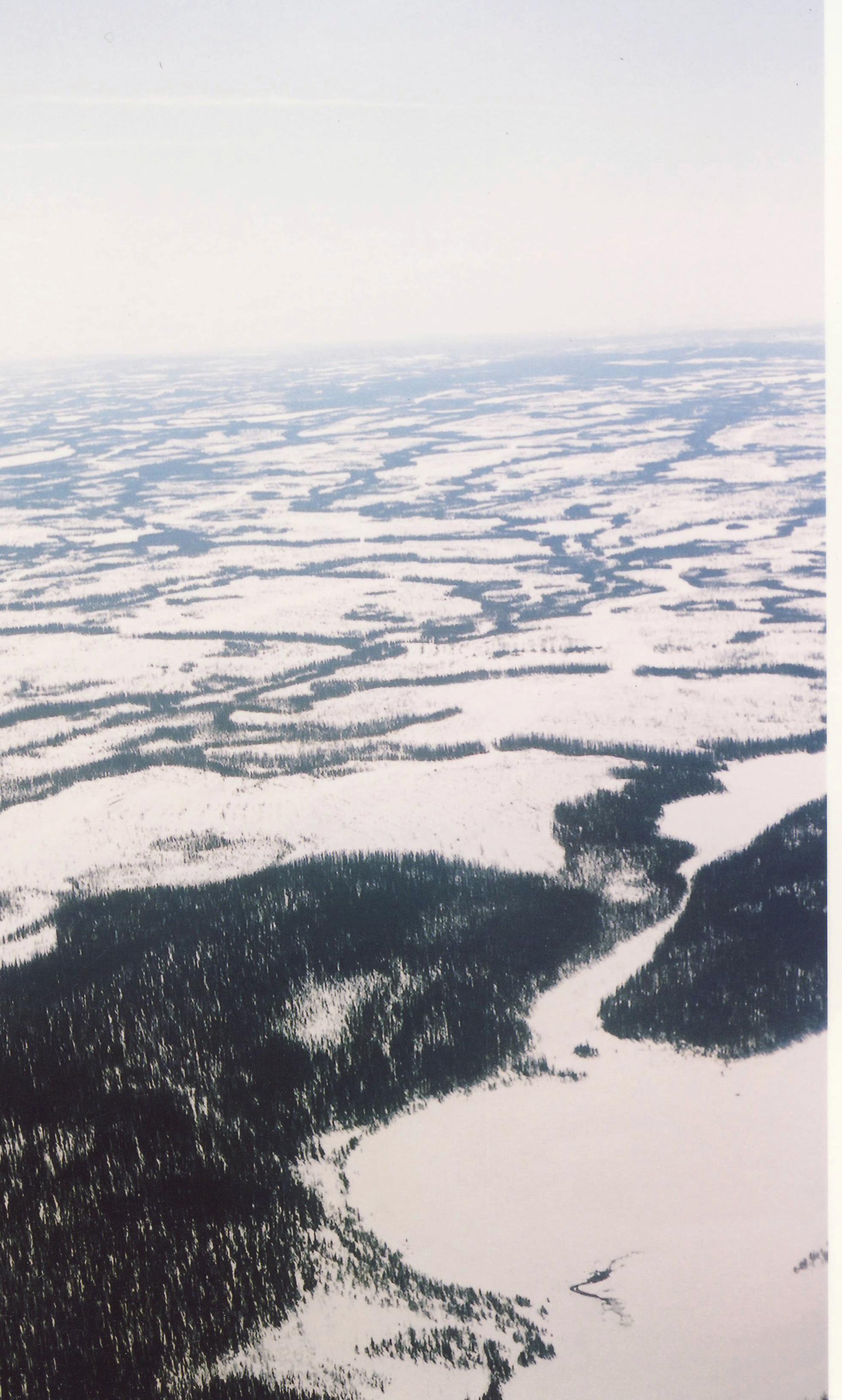

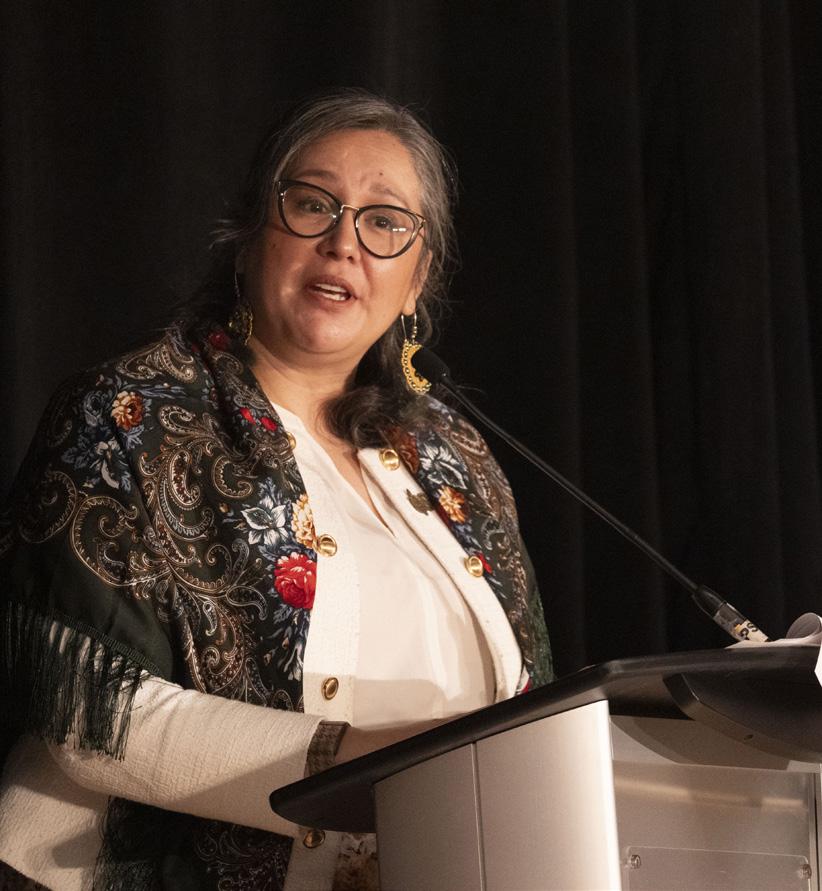

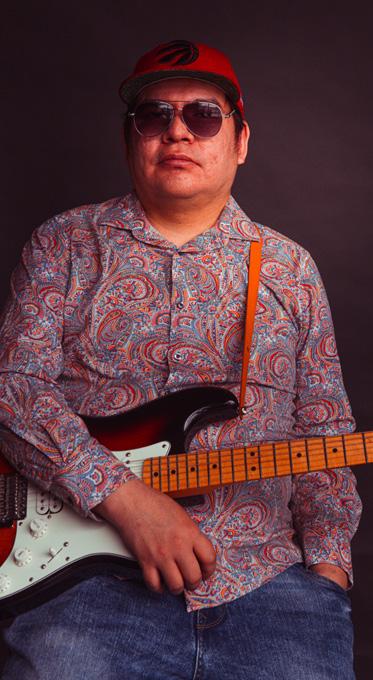
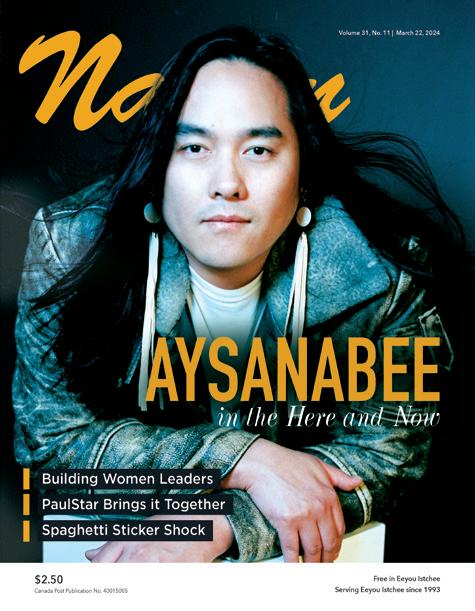




CONT ENTS Aysanabee’s successful career 10 ᐃᓂᓕᐅᕐᓃᑦ RESERVATIONS 1 800 361-2965 ᖃᖓᑦᑕᔫᓂᒃ ᐊᑦᑕᑐᐊᖃᕐᓂᖅ CHARTERS 1 800 661-5850 ᐅᕙᓂ ᐱᒋᐊᕐᐳᖅ ᓄᓇᕕᒃ Nunavik Starts Here ᐅᕙᓂ ᐱᒋᐊᕐᐳᖅ ᓄᓇᕕᒃ Musical mastermind Indigenous Women’s Leadership Conference Talking about identity and his ever-evolving musical style 22 16 Photo of Aysanabee EDITORIAL Paying the price NEWS Creating healthy communities Teaching leadership FEATURES Taking centre stage The sacred role of women Music master PUZZLES REZ NOTES Sticker shock T&B Indigenous anarchy 4 5 6 10 16 22 24 25 26 Arts
Just when it seems that things are going better between Indigenous Peoples and the government, news arrives showing that it isn’t so.
Yes, there have been some funding increases, but not nearly enough to address acute inequalities, especially for housing. The Liberals have budgeted $2.7 billion for on-reserve housing, but that’s far short of the $40-60 billion that is necessary, according to the Assembly of First Nations.
The NDP noted in a press release that at the rate the present government is going, “it will take between 58-141 years to meet current needs.” Indigenous Services Minister Patty Hajdu responded, “The government’s ambition is to meet the 2030 goal [made by Trudeau] of closing the infrastructure gap.”
“But numbers don’t lie,” retorted Niki Ashton, NDP MP for Churchill–Keewatinook Aski in Manitoba, adding her numbers come from Hajdu’s own department.
So, it looks like the overcrowding that is behind all kinds of health issues will continue. Dangerous problems like mould will continue unabated. In addition, the lack of funding to fix homes have led some people to using duct tape and cardboard to fix cracks in walls and floors. Not to mention homelessness and various other socio-economic problems.
One wonders why the problem wasn’t dealt with when things were a lot cheaper. Of course, that would have required forward planning and that is something difficult for any politician with a mindset fixated on a four-year term.
Indeed, now the federal government is targeting the ministries of Indigenous Services Canada and Crown-Indigenous
Relations for budget cuts. The feds say that they will target bureaucratic inefficiencies, travel, consulting, and some grants and contributions. Which grants and contributions to be cut are not identified.
Over the next three years, Indigenous Services is looking to decrease its total spending by $4.1 billion. They say this is because some budgets have run out or sunset clauses will be triggered for things like child and family services, infrastructure, Jordan’s Principle and the Child First Initiative.
The Manitoba Chiefs in a statement said Canada risks legal liability if it fails to
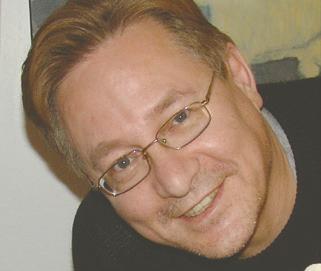
support and spend the necessary money on child and family services and Jordan’s Principle, which ensures First Nations children can access essential health and social services.
Why is this happening now? It appears that the Liberals are under pressure to spend more on a new pharmacare program, Canada’s increasing old-age population and defence, among others.
Given that we are once again being asked to pay the price of a budget to satisfy non-Indigenous voters, perhaps the added spending on the military might come in handy to deal with its angry Indigenous population.
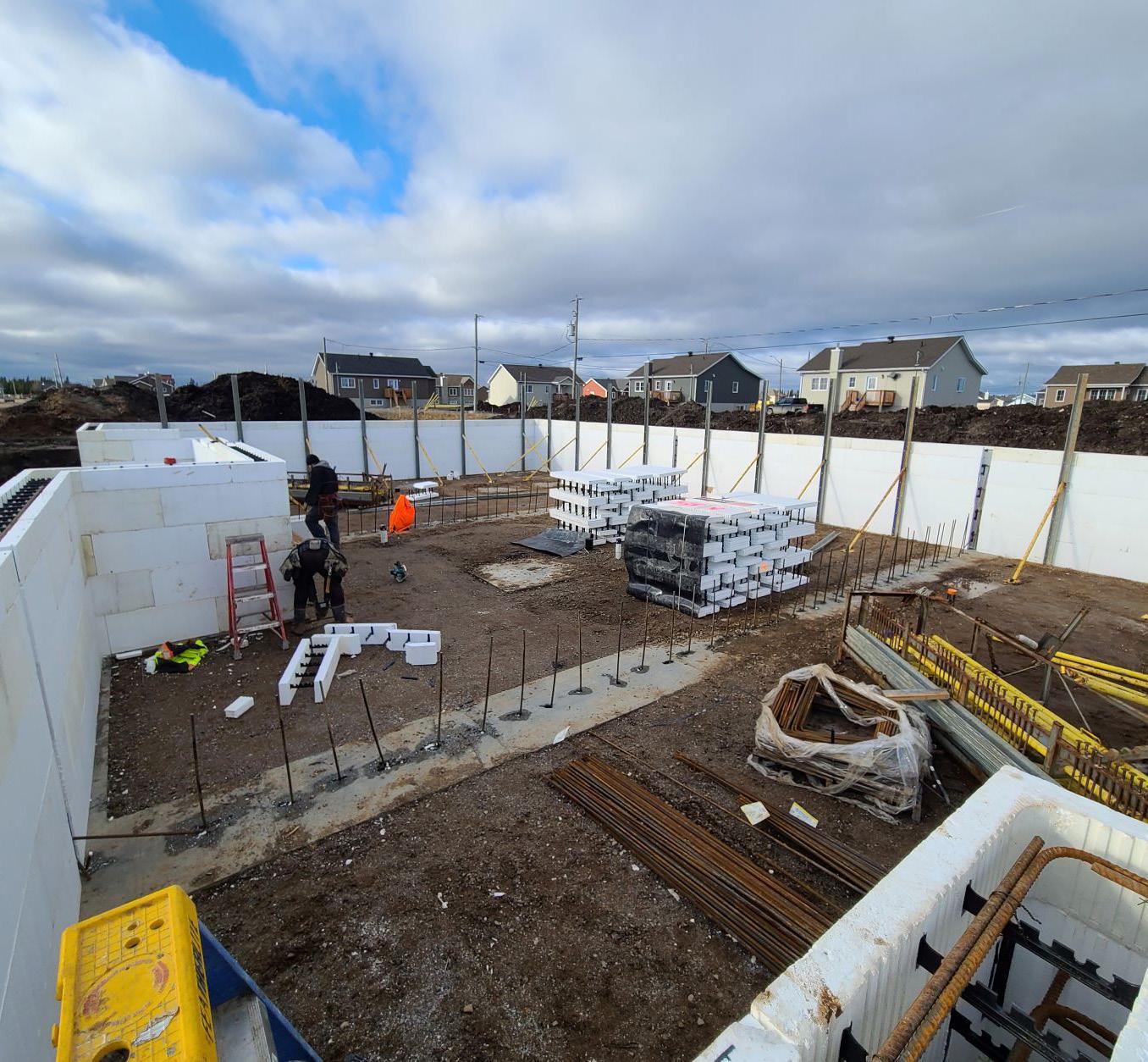



4 the Nation March 22, 2024 www.nationnews.ca
The Nation is published every two weeks by Beesum Communications EDITORIAL BOARD L. Stewart, W. Nicholls, M. Siberok, Mr. N. Diamond, E. Webb EDITOR IN CHIEF Will Nicholls DIRECTOR OF FINANCES Linda Ludwick EDITORS Lyle Stewart, Martin Siberok PRODUCTION COORDINATOR AND MANAGING EDITOR Randy Mayer CONTRIBUTING WRITERS M. Labrecque-Saganash, S. Orr, P. Quinn, J. Janke DESIGN Matthew Dessner SALES AND ADVERTISING Danielle Valade, Donna Malthouse THANKS TO: Air Creebec CONTACT US: The Nation News, 918-4200 St. Laurent, Montreal, QC., H2W 2R2 EDITORIAL & ADS: Tel.: 514-272-3077, Fax: 514-278-9914 HEAD OFFICE: P.O. Box 151, Chisasibi, QC. J0M 1E0 www.nationnews.ca EDITORIAL: will@nationnews.ca news@nationnews.ca ADS: Danielle Valade: ads@nationnews.ca; Donna Malthouse: donna@beesum.com SUBSCRIPTIONS: $60 plus taxes, US: $90, Abroad: $110, Payable to beesum communications, all rights reserved, publication mail #40015005, issn #1206-2642 The Nation is a member of: The James Bay Cree Communications Society, Circle Of Aboriginal Controlled Publishers, Magazines Canada Quebec Community Newspaper Assn. Canadian Newspapers Assn. Les Hebdos Sélect Du Québec. Funded [in part] by the Government of Canada. | www.nationnews.ca | facebook.com/NATIONnewsmagazine | Twitter: @creenation_news CMC A AUDITED Editorial by Will Nicholls Indigenous Peoples pay the price
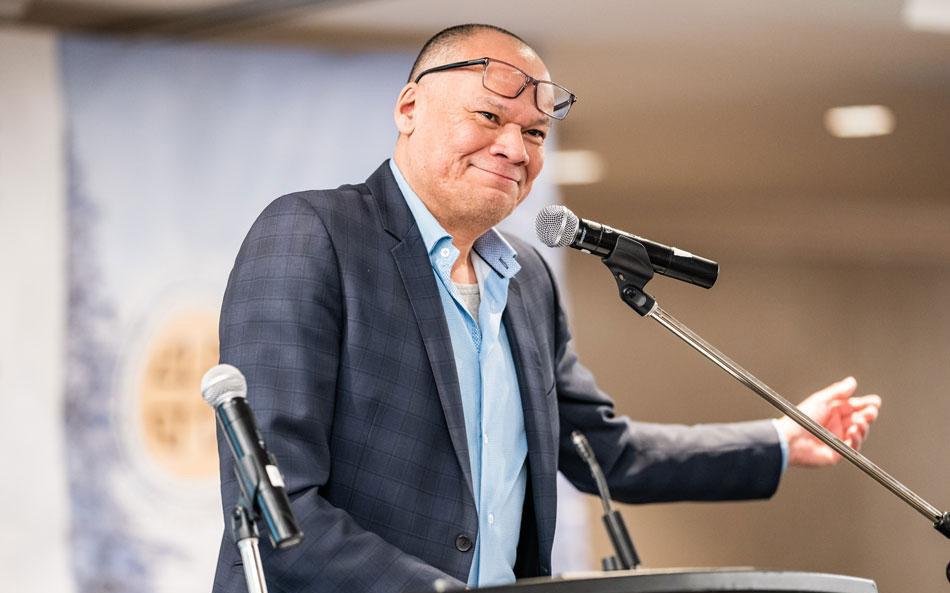
Athree-day training and planning session for Miyupimaatisiiun Committee members was held in Montreal February 20-22 to better align the region’s healthcare objectives with local needs. Over 100 professionals from across Eeyou Istchee attended, encouraged by the growing collaboration between communities.
“The whole idea is to have the Cree Nation Government, the Cree Health Board and local communities working in collaboration to address health and wellbeing,” said Rodney Mark, the CNG director of social and culture development. “It’s a cooperation to make things more community designed and led.”
The meeting builds on the agreement signed last September between the CNG, Cree health and school boards, and all communities to support Community Miyupimaatisiiun Committees. A consensus-making process is now determining shared responsibilities to guide their operations.
A similar gathering of Miyupimaatisiiun Committees last year helped establish action plans for implementing each community’s top priorities, which health board chairperson Bertie Wapachee said, “paves the way for a more holistic, grassroots, cross-entity approach to health and healing in our communities.”
CBHSSJB executive director Daniel St-Amour noted that “80% of what contributes to good health happens at the community level where the Miyupimaatisiiun Committees play a critical role in coordinating care among local partners.”
The meeting was a response to needs expressed by the committees: support for establishing local roles and bylaws, information about regional strategic planning and funding sources, and facilitating networks. Presentations from public health and the Eeyou Eenou Police Force helped clarify various issues.
Creating Healthy Communities
Miiyuupimaatisiun Committee meetings empower local healthcare
by Patrick Quinn, Local Journalism Initiative Reporter
“We’d like to facilitate getting the communities to work together in addressing health and social issues at the same time,” explained Mark. “It’s getting people to know one another so they know who to contact. If something happens regarding domestic violence, everyone will know where to go at the local level, with the police and support network.”
Over the three days, team-building workshops identified objectives, and offered training in data analysis, budgeting and partnership management. Committees developed and presented action plans on the third day with best practices shared by the more advanced groups.
“Some committees like Waswanipi are pretty active,” said Judy Nakogee, who organized the event. “They’re exciting to see. We want to have a gathering like that yearly to network and see what the other communities are working on.”
Nakogee works closely with Mark to determine what committees need and help them take the next steps. As some committees are less clear on their precise roles within the regional strategy, the gathering was an opportunity to respond to these challenges.
“We want to work towards standardizing all of them to have the same process,” Nakogee said. “Miyupimaatisiiun should have one vision, one mission, but different goals for their community. They’re all a bit different – different bylaws, some are appointed to sit there, some are voted in.”
One priority is to get committee chairpersons and directors of social development to form working relationships and understand which CHB personnel to contact for specific resources. The health board is emphasizing prevention, intervention and post-intervention programming.
“The Cree Health Board wants to play an active role in the prevention programming,” said Mark. “Through the Miyupimaatisiiun Committees, we also want to do a lot of post-intervention, follow-up after. Those are key things moving toward healthier communities.”
Mark said this new approach is still in its infancy and will likely take five years to achieve consistent programming. w
“How do we maneuver all the social or health issues affecting our communities?” asked Mark. “Where do you start? We can’t deal with everything all at once, so we have to deal with it in a very strategic way. It’s a long route but the dividends in the long run will help everyone involved.”
Enhancing communication enables a more proactive approach to addressing major issues like diabetes, which will be discussed at the CNG meeting on March 20, and emerging threats like cyberstalking and the photoshopping of inappropriate pictures of Cree women and girls.
For instance, there are concerns about sexual harassment in the workplace and creating safe spaces within communities. Community Chiefs and police departments provide regular updates about local developments, relevant statistics and potential solutions.
Committees are expected to continue annual gatherings until the healthcare system’s transition is firmly established. In the meantime, meetings are scheduled via Teams with committee chairpersons and directors of social development.
“I think we’ll continue getting everyone together just to get a sense of how everybody’s progressing and how they’re working,” said Mark. “We should all be working together as the Cree Nation to address these issues because they’re affecting us all. To have a healthy community it takes a community.”
www.nationnews.ca March 22, 2024 the Nation 5 Editorial News
Rodney Mark, Photo provided by the CNG

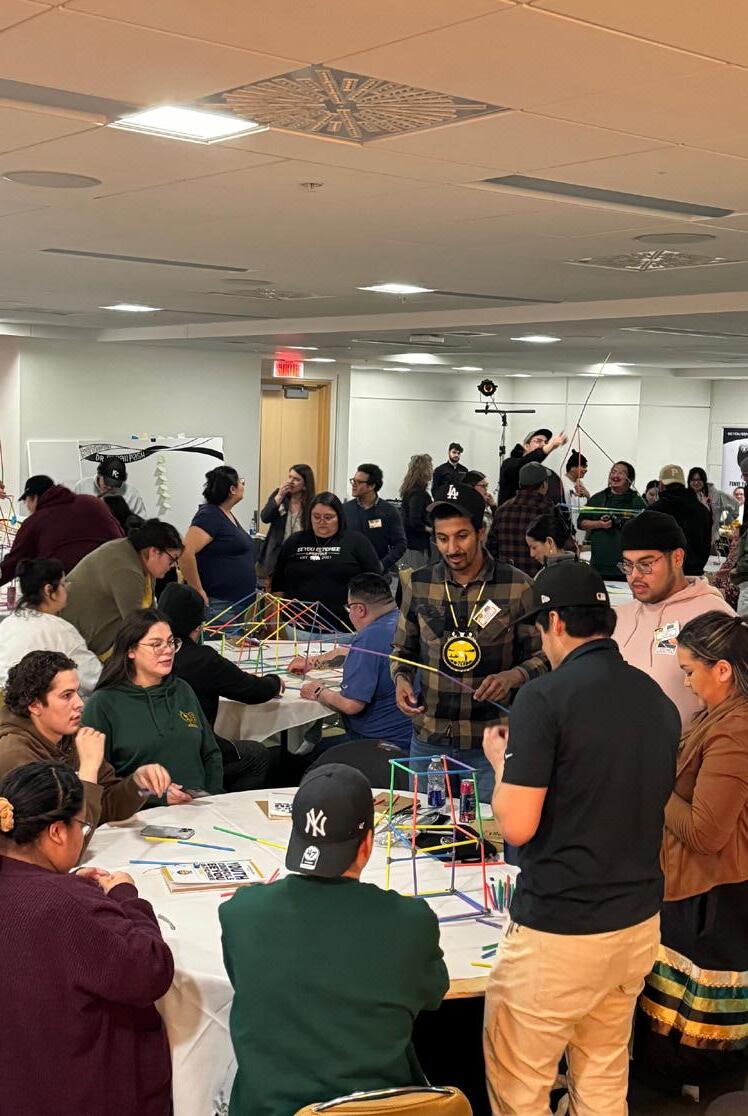
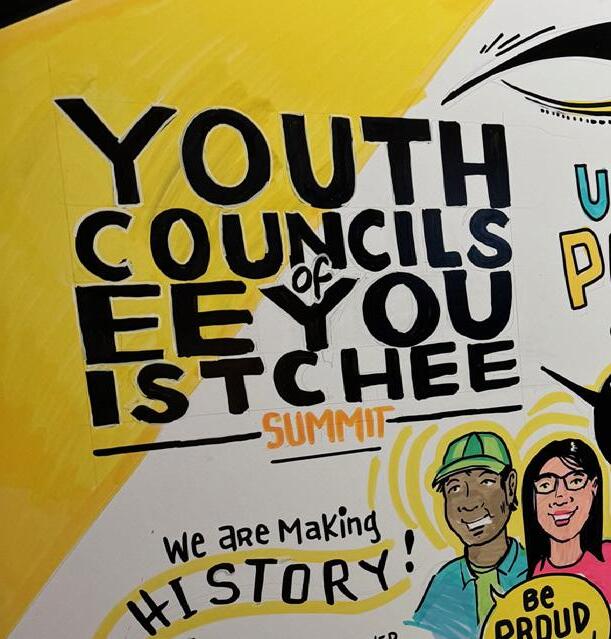
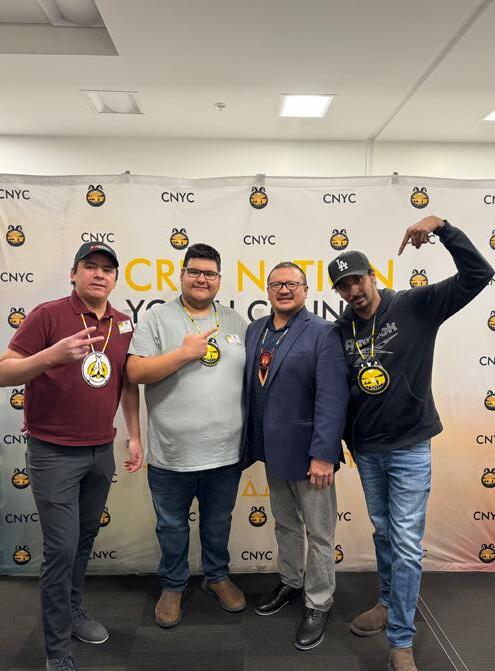
The next generation of Cree leaders left the first Cree Nation Youth Council summit inspired to assume their future responsibilities. The event brought together most community youth councils along with numerous presenters to Quebec City February 25-27.
“Equipping the youth with the knowledge and tools to bring home was the ultimate goal here,” said CNYC Grand Chief Adrian Gunner. “And for multiple youth councils to network and get to know each other. As my deputy youth chief Jordan Masty would say, we’re going to need each other down the road.”
Special projects coordinator Tania Richmond was credited with building the program for the event. CNYC leaders and their executive committees helped plan the agenda, workshops and speakers for the summit.
“There’s a lot of fun and games back home but we wanted to bring everyone together to learn a thing or two,” Gunner explained. “The Grand Chief’s workshop made me realize the complexity of development and protected areas, the role in bringing people together, and the understanding that leadership is not all black and white.”
Grand Chief Mandy Gull-Masty acknowledged it’s hard to say no to an offer of a leadership role but to have patience and wait for the right moment. Deputy Grand Chief Norman A. Wapachee noted that politicians often serve their own interests while true leaders stand for the interests of others.
Keynote presentations came from the Cree school and health board leaders, Sarah Pash and Bertie Wapachee. Pash emphasized the education system’s growing independence and Wapachee recalled working for the CNYC in Quebec City in 1992 when it helped organize the World Indigenous Youth Conference.
Assembly of First Nations youth council co-chair Rosalie LaBillois delivered an impactful presentation, but most speakers and workshop leaders came from Eeyou Istchee. Gunner highlight-
6 the Nation March 22, 2024 www.nationnews.ca
The Naton is looking for an www.natonnews.ca Play a valuable role in reportng the news that maters to your communites!
journalist Please contact : RANDY MAYER Producton Coordinator and Managing Editor Office : (514) 272-3077 ext. 103 Mobile: (514) 889-3032 randy@beesum.com
Indigenous
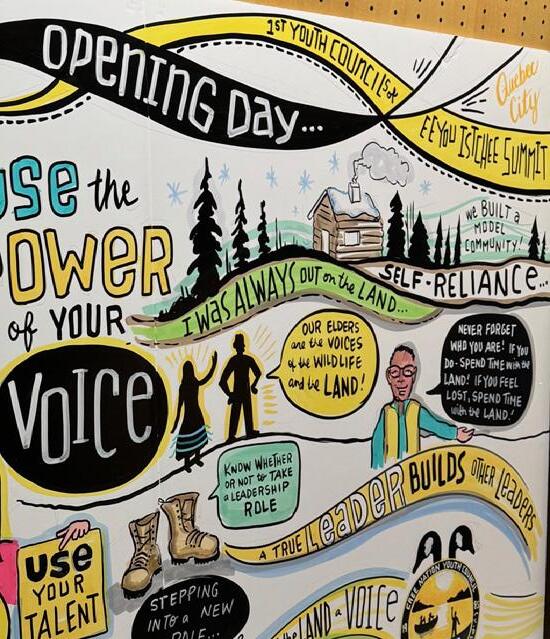
Cree Nation Youth summit inspires next generation in Quebec City
Teaching Leadership
by Patrick Quinn, Local Journalism Initiative Reporter
Brent Edwards
ed the ceremonial teachings from Miss Whapmagoostui Jade Mukash and the treaty insights from CNG legal expert Paul John Murdoch.
Other presenters included Apatisiiwin Skills Development, the Eeyou Eenou Police Force, Youth Protection, and the Department of Commerce and Industry. Attendees appreciated the Social and Culture Department’s advice about accessing funding for local programs.
For Cree language commissioner Jamie Moses, the summit was an opportunity to share his team’s work in community engagement. His young team gained contacts to help them collaborate on local initiatives.
“We’re hoping to conduct surveys to have a better picture of challenges up ahead, asking to rate your abilities to read and write Cree,” Moses told the Nation “Comparing numbers, we have from 1989 to today, I think the health of our language is rapidly declining. It’s crucial to engage the young leaders to be part of finding solutions to improve the language among the younger population.”
Moses explained that youth councils not only deliver helpful programming within their communities but also influence decision-making on a regional level.
“The CNYC has a special place in my heart because I’m also a product of that
organization,” said Moses. “I am a former youth chief [in Eastmain], so I’ve always enjoyed following the CNYC’s progress, even mentoring young leaders in my home community.”
Current Eastmain chief and CNYC board member Linden Spencer was motivated by speakers like LaBillois and Pash to work harder to engage his community’s youth. He was excited to meet other youth councils, exchanging best practices for working together, and gained new understanding from the diverse workshops.
“What hit me most was the Cree language,” said Spencer. “There are a lot of ways we can encourage youth to keep building their language. We have a class once a day, but some are struggling.”
While Christopher Herodier’s presentation about La Grande Alliance answered some questions, Gunner suggested youth are skeptical about the partnership with the province that proposes protected areas and infrastructure development. Gunner said some are totally opposed, others are more open, and many aren’t sure, causing “fear and anxiety about the land.”
“Youth feel the pressure is coming to them because of past experience with the dams,” agreed Spencer. “I want to tell the youth we are in the driver’s seat – it’s important to learn more. Don’t go against it
right away but understand it so we’ll know what to do when the time comes.”
A highlight for many was 14-year-old Mistissini resident Liam Swallow’s speech condemning violence and vandalism. Spencer loved how Swallow encouraged youth to aspire to leadership positions and encouraged everyone to “rally behind his efforts for peaceful and respectful communities in Eeyou Istchee.”
“In rejecting violence, we embrace the transformative power of education and dialogue,” Swallow said. “Let us cultivate a culture where kindness is our common language and understanding our universal currency. Together we can steer away from destructive violence – the toughest climbs lead to the greatest views.”
Social media reactions emphasized the fun parts of the event. A gala hosted by Mi’kmaq comedian Janelle Niles featured performers such as Dank Aspects, NorthSideBaby and the Cree Nation’s own Siibii and Kong. Gunner said they’re hoping to host summits every second year.
“It was always in the plans, but we were finally able to do it,” said Gunner. “It’s one of the most successful events we’ve had at CNYC, and I feel we’ve hit the mark in how a program should be.”
www.nationnews.ca March 22, 2024 the Nation 7
Photos provided by

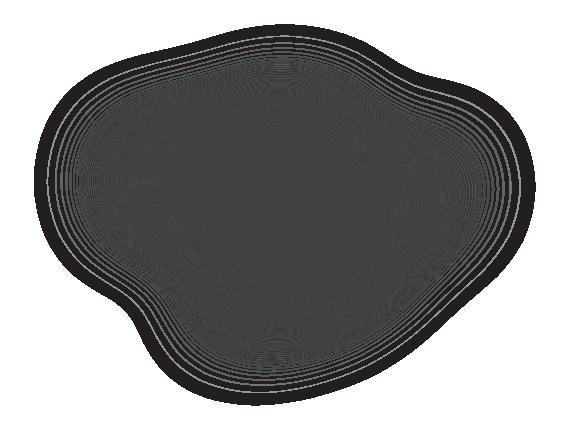




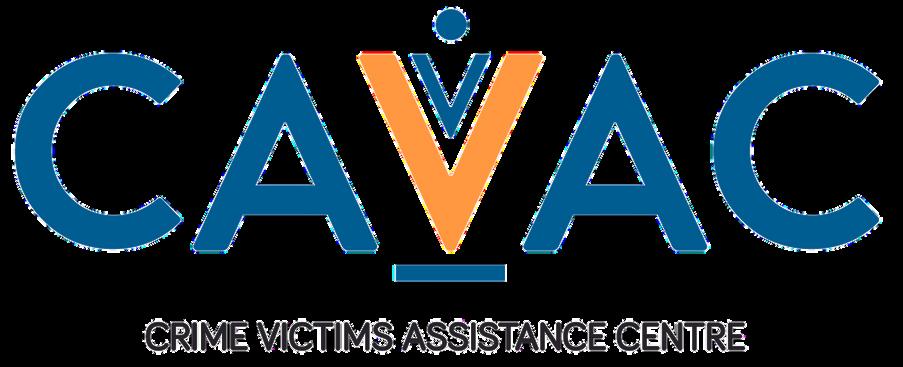


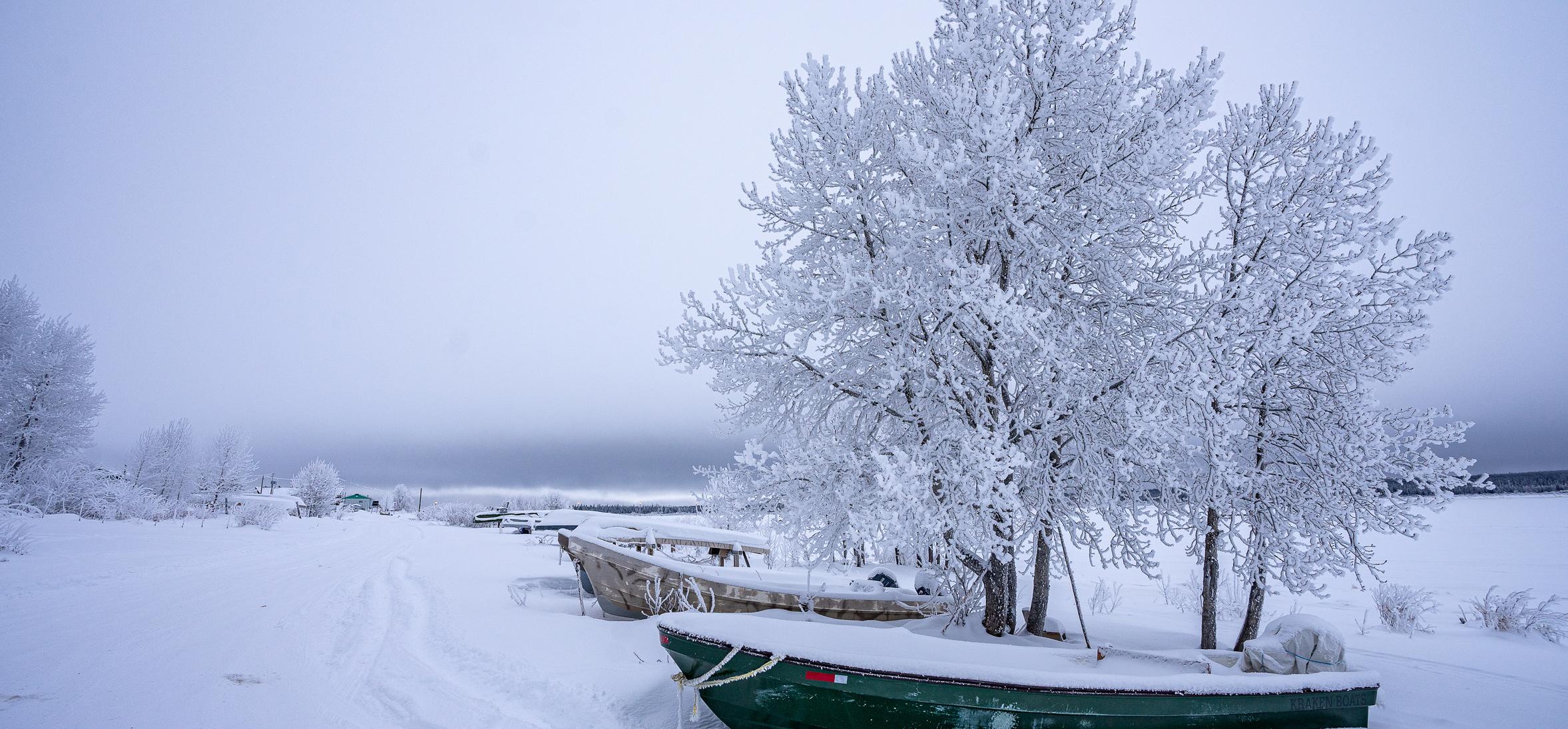

1-877-342-2822 Are you a victim or witness of a criminal act? We are here to support you Our services are offered throughout Eeyou Istchee and are strictly confidential C A L L U S A program offered by: ᐃᔨᔨᐤ CAVAC ᐋ ᐱᒥᐱᔨᐦᑖᑭᓂᐧᐃᒡ 1-800-463-6868 / 1-800-361-8935 IT’S TAX SEASON Is your voter information up to date? If you’re a Canadian citizen 18 or older Check “YES” on your tax form Be ready to vote in federal elections ouwahstore@gmail.com www.ouwahstore.com (514) 588-3162 18 Fort-George Road of promo items experience with certified PPPC suppliers Eeyou Istchee A CREATIVE AGENCY WITH A UNIQUE PERSPECTIVE 514-272-3077 info@beesum.com beesum.com
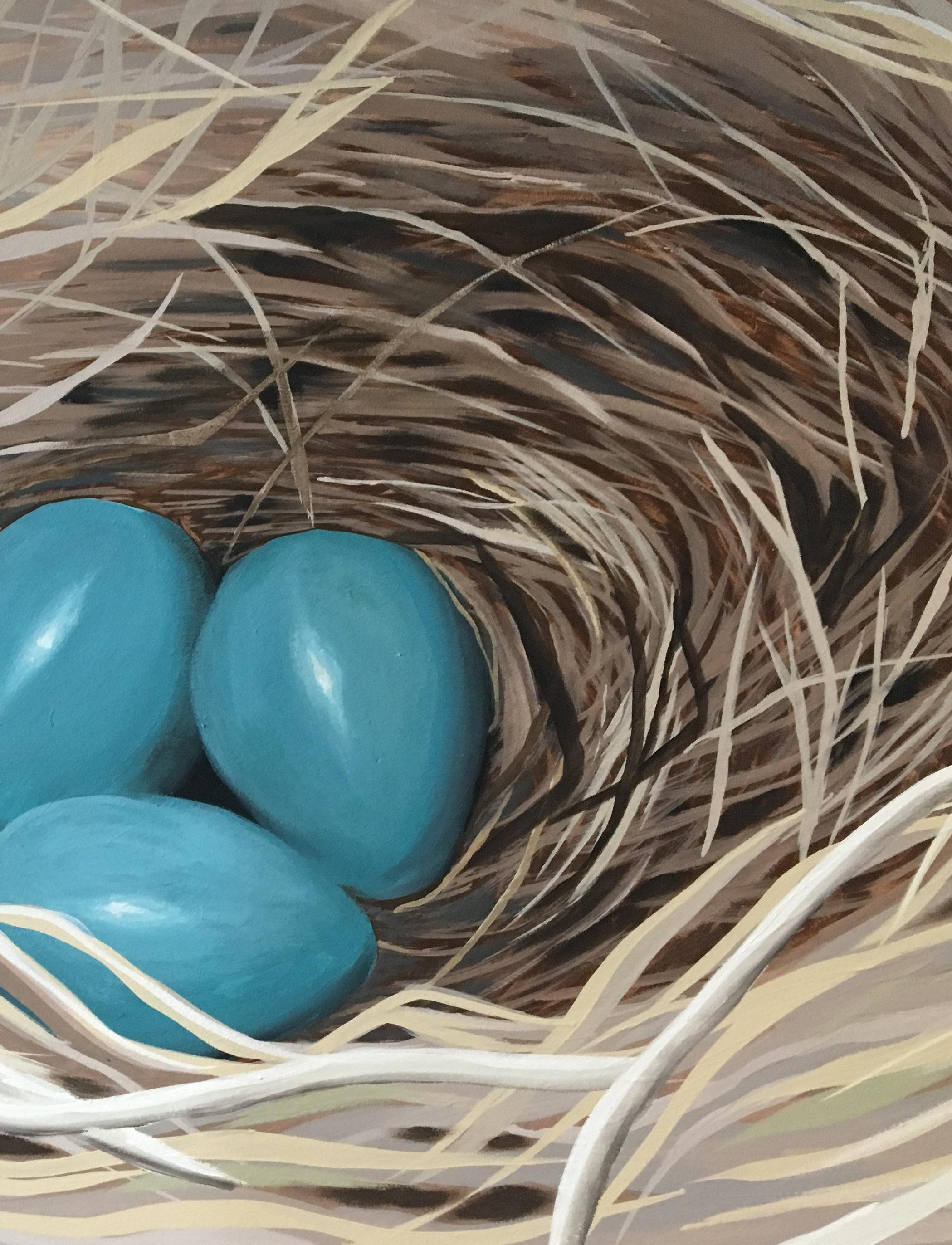
If you are an Indigenous woman of Eeyou Istchee and you are seeking safety and support, we are here to help you! creehealth.org/services/womens-shelters-robins-net Pîpîchâu Uchishtûn | Robin’s Nest | Women’s Shelter For women and children of Eeyou Istchee suffering from domestic violence 1 855 753-2094 CRISIS LINE Toll Free | Open 24/7 HELP ᐐᒋᐦᐄᐙᐅᐎᓐ WÎCHIHÎWÂUWIN HELPLINE If you need emotional support or to learn about all the services available to you, please contact us: 1 833 632-HELP (4357) creehealth.org
Features


ACentre
Taking STAGE
by Joshua Janke
Aysanabee is enjoying success with his ever-evolving musical style
ysanabee is more than a name – it signifies a journey of self-discovery and the reclaiming of heritage for the Oji-Cree singer-songwriter. What began as conversations between a grandfather and grandson during the Covid pandemic transformed into an acclaimed debut album and the meteoric rise of a talented musician.
Threads of identity are intricately woven into the tapestry of Aysanabe’s life, which moves from Sandy Lake First Nation to Thunder Bay and finally Toronto. They tell a tale that transcends personal narratives to symbolize the resilience of an entire community.
The conversations with his grandfather, Watin Aysanabee, became a catalyst for Aysanabee’s own self-discovery, and reclamation of his identity. Shedding the name he had used since he was four, Evan Pang became Aysanabee once again – a symbolic affirmation of cultural heritage and a tribute to his grandfather and those who raised him.
Aysanabee (meaning “the people”) has become a recognizable name in the Canadian music scene with the popularity of his debut album Watin and singles like “Nomads”, “Here and Now”, and “Come Out”.
As the world grappled with the challenges of a pandemic, Aysanabee found himself immersed in a profoundly personal undertaking. His grandfather’s health was fading and memories vanishing while separated from his family in a Thunder Bay long-term care home. During this period of isolation that Aysanabee chose to reclaim his family name and the ties that bind him to Sandy Lake.
It began with a phone call to his grandfather and Watin’s guiding voice. “He was my last direct connection to our family’s story and our shared history,” Aysanabee says. “Like a lot of people, I always struggled to reconnect with my roots because I moved off the rez when I was only four.”
Aysanabee recorded his grandfather’s stories as they spoke on the phone. Over the span of hundreds of calls, Watin the album became a reality in 2022.
Watin’s tale unfolded against the backdrop of McIntosh Residential School near Kenora, Ontario, where he was taken at the age of eight and renamed Walter. Before these phone calls with his grandfather began, Aysanabee admits,
www.nationnews.ca March 22, 2024 the Nation 11
“Often times, when you write a song with another person, it’s for one artist or the other.
This one had a deep connection to us both”
“I didn’t know all the things my grandfather, our family, and our community had been through.”
The stories, laden with pain and survival, also revealed a love story that would transcend life in residential school. “That was one of the main things that got him and my grandmother through their time at the residential school,” Aysanabee reflects. “They had each other, and they fell in love, despite the hard times.”
Watin passed away in May 2023, but not before hearing his own voice on his grandson’s album. “It’s a privilege taking his name and holding it with such pride and contention,” Aysanabee says.
From this intimate exploration of family history, Aysanabee swiftly ascended to the centre stage of Canadian music. His accolades, including a 2023 Juno Award nomination for Contemporary Indigenous Artist of the Year, three Indigenous Music Awards, a Jim Beam Indie Award, and a Folk Music Ontario Award for Recording Artist of the Year, underline his remarkable journey. in short order, Aysanabee went from unsigned artist to international celebrity.
He is now basking in the glow of three 2024 Juno nominations for Songwriter of the Year, Contemporary Indigenous Artist or Group of the Year, and Alternative Album of the Year.
His second release is Here and Now, a six-song EP which garnered him a Juno nomination. A review in Range magazine states: “Here and Now quenches the appetite as a sequel. Although the context of this record is different, the authenticity remains. Like a true artist, Aysanabee is always experimenting, growing, and putting his heart into the music.”
Departing from the acoustic foundations of Watin, Aysanabee embraces high-voltage production, transforming finger-picked acoustic melodies into towering soundscapes that propel his voice forward. The EP resonates with decisiveness – a sonic manifestation of letting go and acceptance.
The video for his latest single, “Come Out”, is a stirring ode to lost love and features the mesmerizing vocals of acclaimed American singer-songwriter Raye Zaragoza. As the two voices beautifully intertwine with each other, you realize the song is a product of collaboration and compassion.
“Often times, when you write a song with another person, it’s for one artist or the other. This one had a deep connection to us both, and I think it shows,” Aysanabee says.

12 the Nation March 22, 2024 www.nationnews.ca
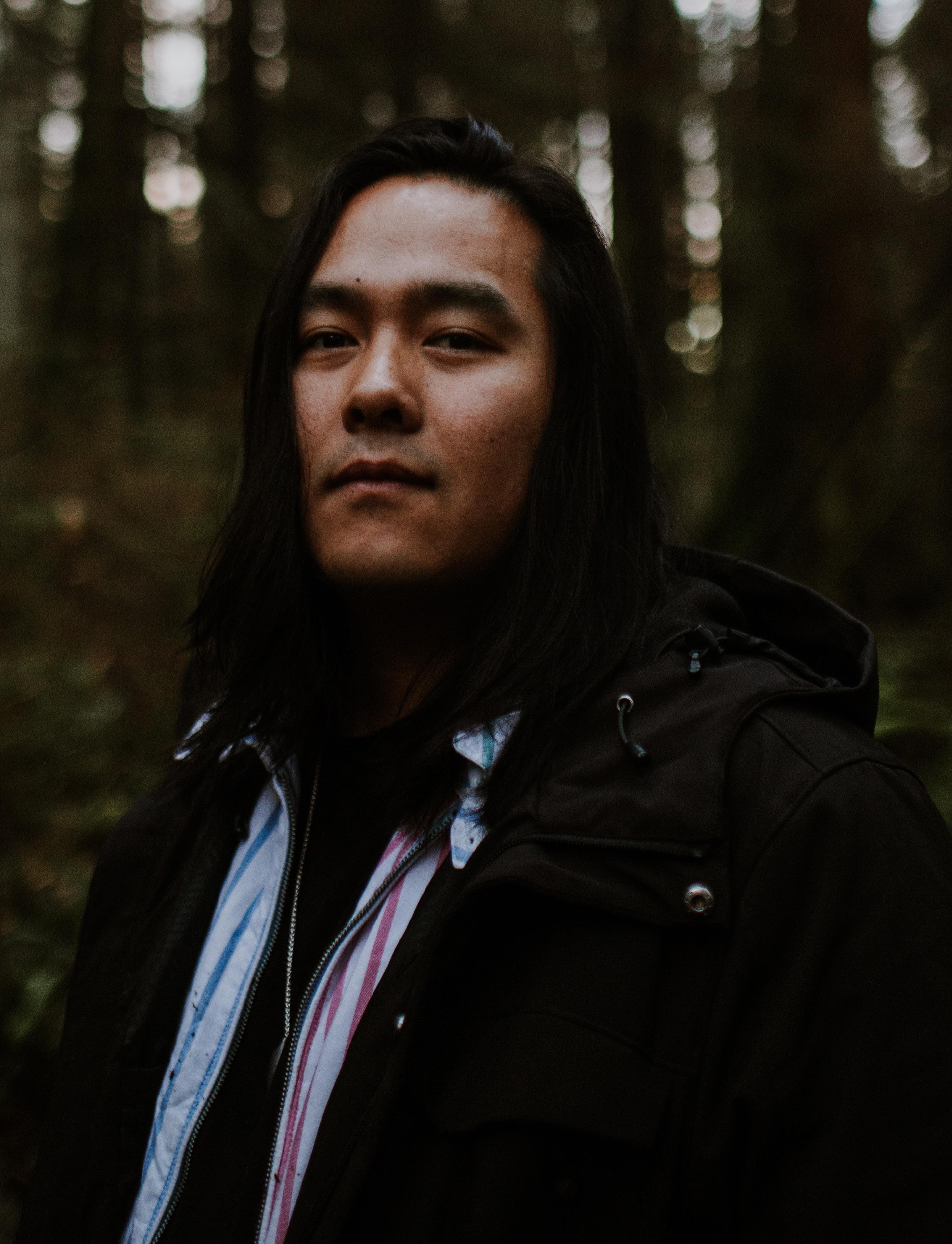

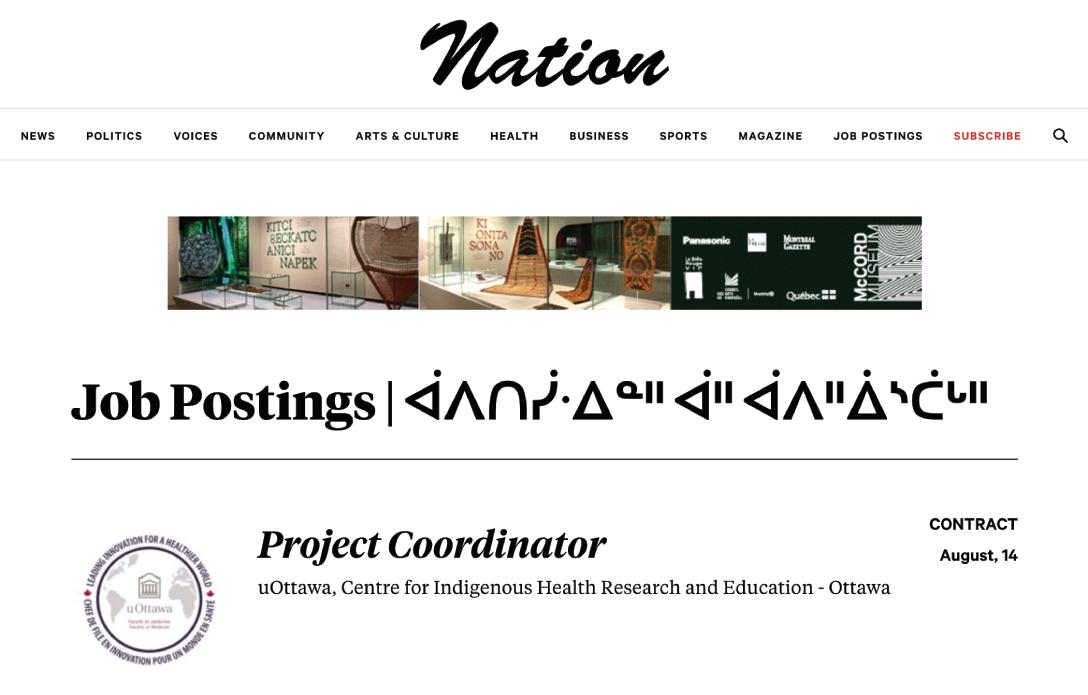

The Nation is looking for Freelance Writers who are passionate about writing !! Please contact : RANDY MAYER Production Coordinator and Managing Editor Office : (514) 272- 3077 ext. 103 Mobile: (514) 889-3032 randy@beesum.com Start date - Immediate nationnews.ca HIRING NEW!! LOOKING FOR YOUR NEXT EMPLOYEE? FOR YOUR NEXT JOB? THE NATION CAN HELP! AFFORDABLE AND EFFICIENT PER MONTH $125 REACH AN AUDIENCE OF 10,000 A MONTH CONTACT YOUR SALES REP TO BOOK SPACE Danielle Valade 514-777-7505 ads@nationnews.ca Donna Malthouse 514-943-6191 donna@beesum.com JOB POSTINGS ON THE NATION WEBSITE

of promo items experience with certified PPPC suppliers 25 of service in Eeyou Istchee 30 514- 272-3077 | info@beesum.com
ofer a wide range of services that can assist you in the growth of your business
We
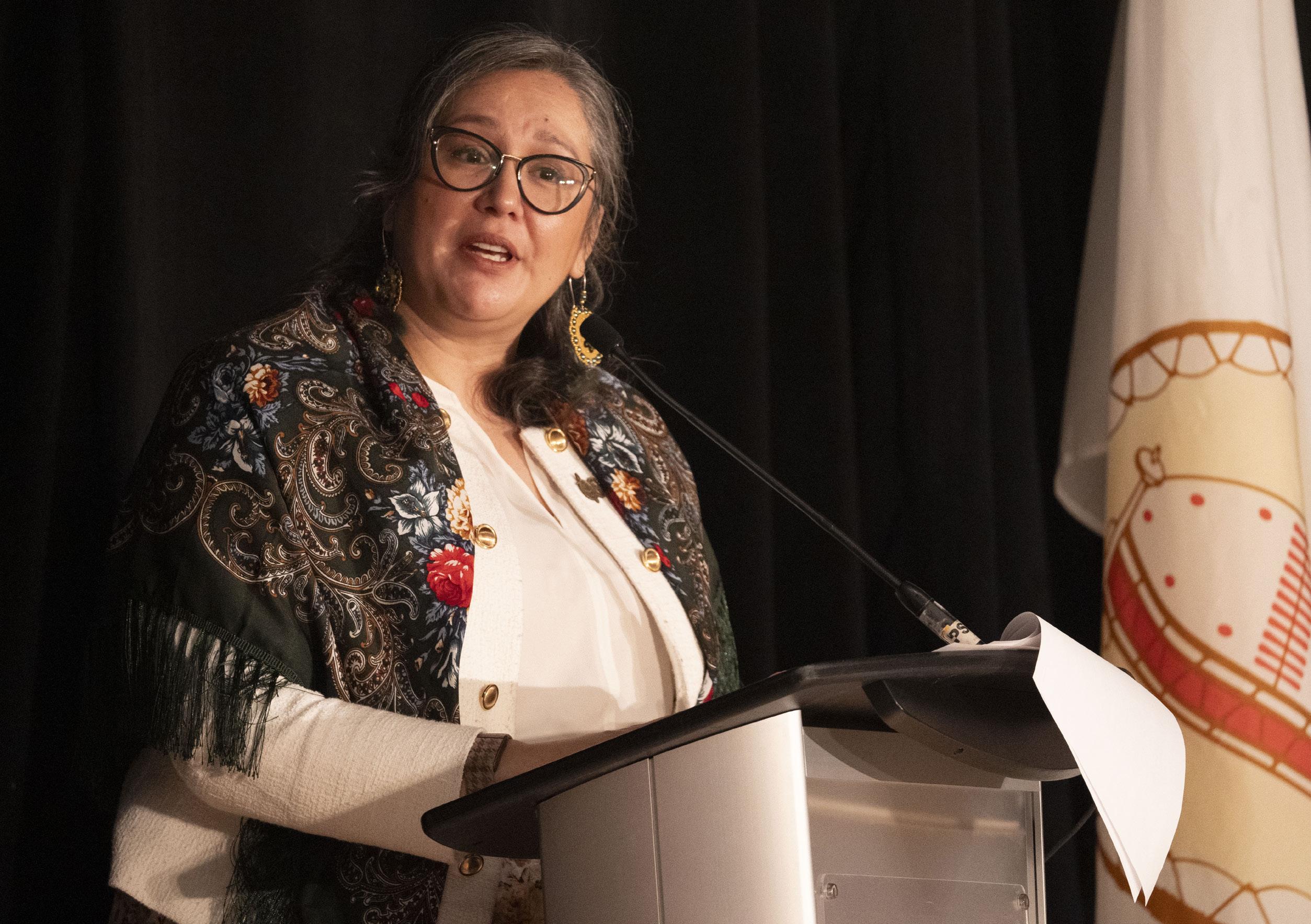
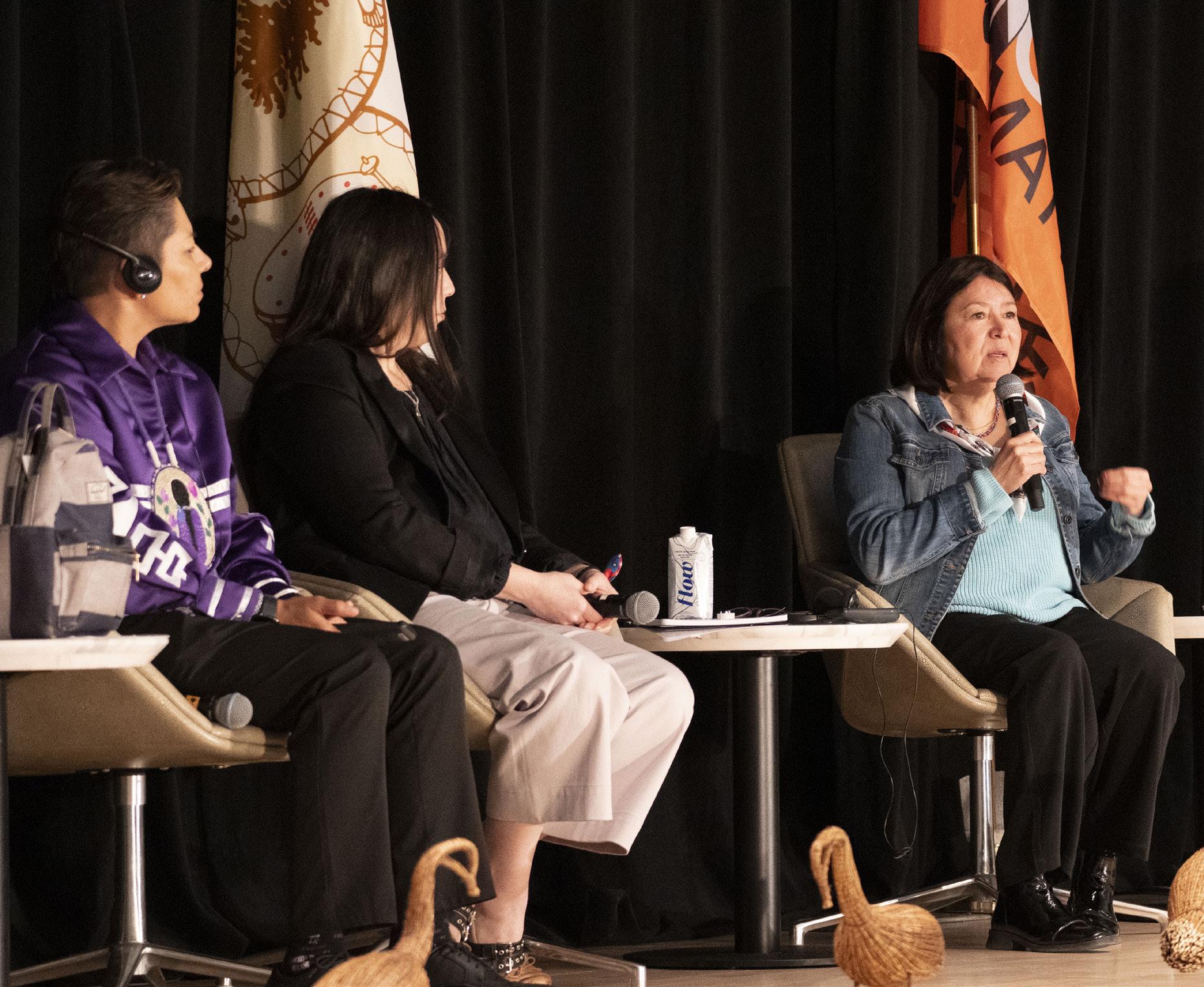
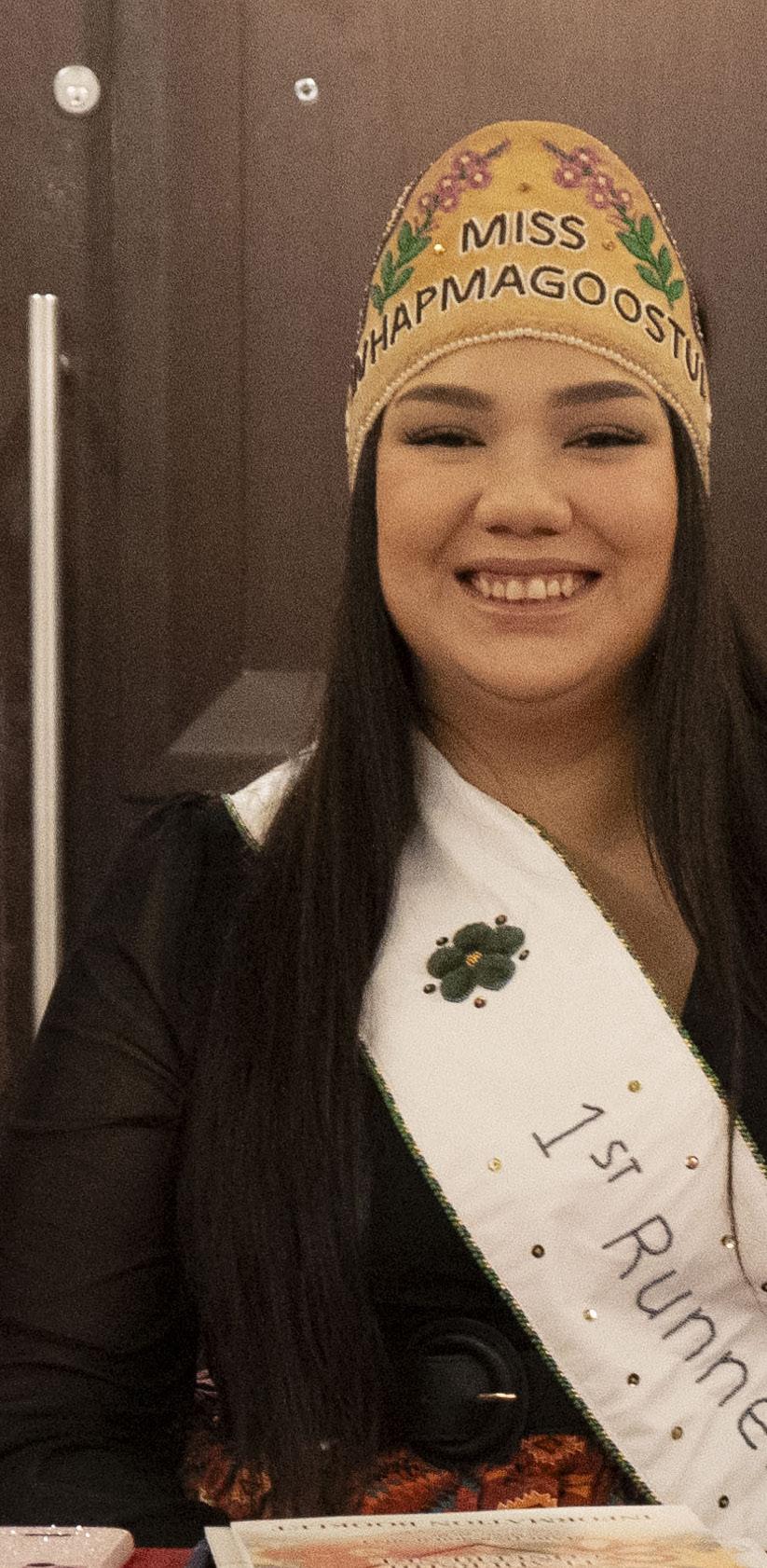


Sacred Roleof Women the
First Indigenous Women’s Leadership Conference builds on recent success
by Patrick Quinn, Local Journalism Initiative Reporter | Photos by Jamie Pashagumskum
The first Indigenous Women’s Leadership Conference brought together influential female leaders for two days of inspiring panel discussions, informative seminars and traditional teachings beginning on International Women’s Day, March 8.
Envisioned by Cree Grand Chief Mandy Gull-Masty and hosted by the Cree Women of Eeyou Istchee Association (CWEIA) at Montreal’s Queen Elizabeth Hotel, the gathering’s speakers shared insights regarding their leadership styles, values and personal role models. Workshops delivered reassuring and empowering guidance to advance women in leadership roles.
“Being the first elected female Grand Chief was a challenge,” shared Gull-Masty. “Sometimes I had questions that only a woman could understand, and it compelled me to create a network to seek support or advice. I also suspected a need for leadership training, even greater than I realized because our event was sold out beyond capacity.”
With participants from all of Quebec’s 11 First Nations, the conference provided a safe space for women to speak about their experiences, reflect on their personal needs and develop new connections. Gull-Masty said it’s important for communities to understand the motivations of women leaders, invest in their empowerment and create workspaces that enhance relations.
“I had my own epiphany when I was asked how I celebrate success with my team,” Gull-Masty said. “I realized I don’t put enough effort into that – it always feels like we are in ‘go go go mode.’
Challenges that I often feel like I have to work twice as hard.”
The past five years has seen many Indigenous women rising into leadership roles across Canada, including many firsts such as Gull-Masty. The Cree Nation now has five female chiefs. With such rapid shifts in organizations long viewed as patriarchal, this conference was an opportunity to establish connections and share experiences unique to women leaders.
“Women experience leadership differently breaking through that glass ceiling,” Cooper explained. “There’s a little more pressure. They have to work a little harder to prove themselves as a leader. Some are wives and mothers – how do you balance family life?”
Kahnawake Grand Chief Kahsennenhawe SkyDeer, the first female leader of her Mohawk community, welcomed attendees to the conference and participated in the relationship-building panel along with Gull-Masty, Algonquin Anishinabeg Grand Chief Savanna McGregor and Quebec Native Women President Marjolaine Étienne.
“We need more forums like this,” Sky-Deer told the Nation. “Through knowing each other you build trust, relationships and information share. Why reinvent the wheel? We can raise up other nations by sharing best practices and challenges we were able to overcome.”
Sky-Deer believes that walking in balance with our modern times shouldn’t come at the detriment of preserving traditional culture and language. Maintaining that “Elders are our greatest resource,” she said that they have much to teach younger generations in treating each other better.
www.nationnews.ca March 22, 2024 the Nation 17
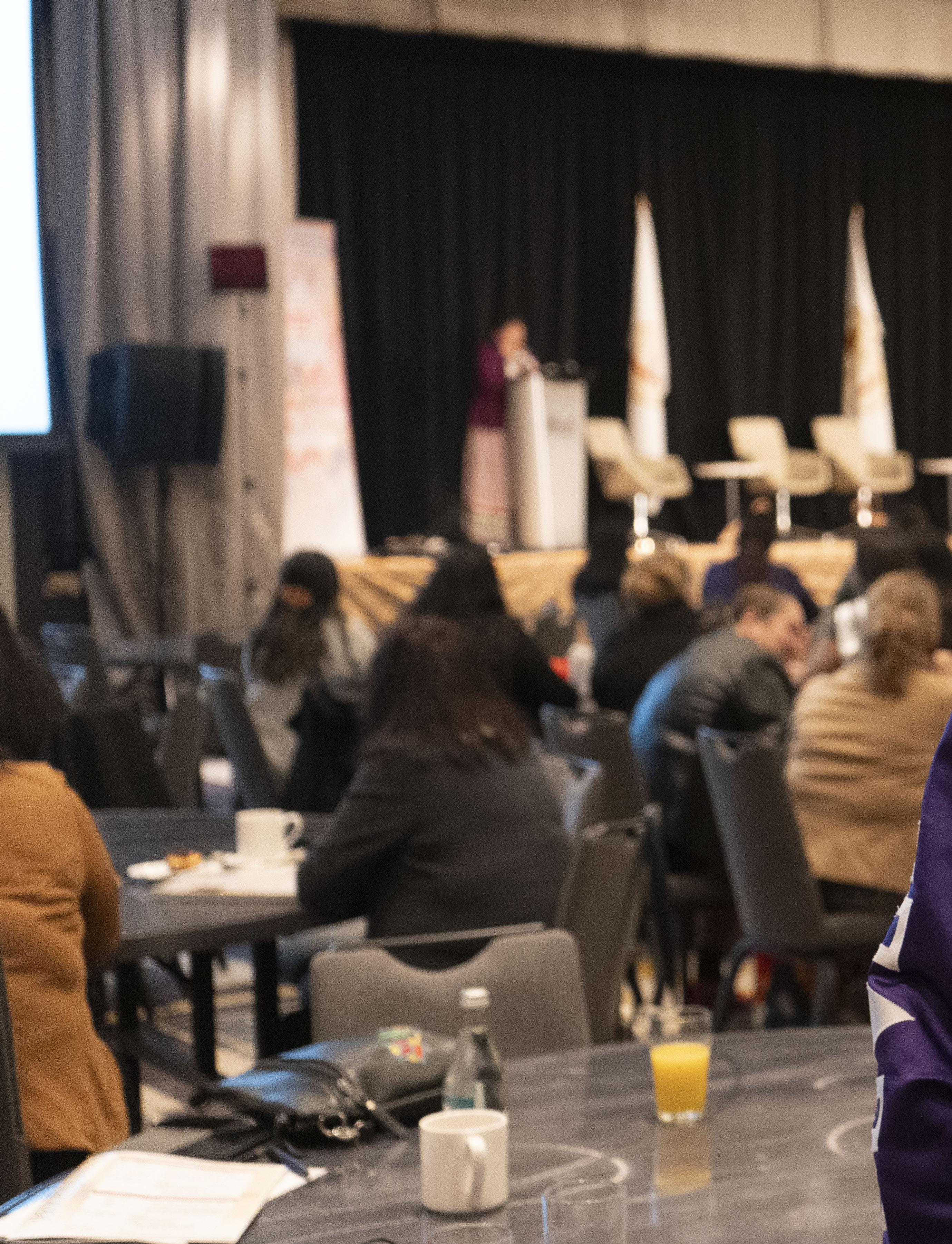
“You’d think with everything First Nations people have been through we would be more gentle with each other, lifting each other up rather than lateral violence and bullying,” asserted Sky-Deer. “It gets disheartening. Leadership is an easy target – we can’t always say the things we would like to say and have to be more diplomatic.”
Representing the Gookumnouch Advisory Paatakasuun, a CWEIA consultative committee of grandmothers, Elder Irene House shared cultural teachings about the traditional role of a woman and the values she carries. Explaining that “we’re made of two genders, and everything is made of that,” House told the Nation that women nurture and move the creation of all life.
“The woman was given to make that energy move where the male part of us is what’s static,” explained House. “The door has been opened for the woman to be allowed to practice her true role – it’s very urgent.”
According to ancestral wisdom, female energy is needed to counter the violence of our world. House said the conference emphasized the need to bring life back into balance.
“We need to be reminded to make that movement,” said House. “We’re beginning to acknowledge that sacred role of the female part of us and we’re liberating the true nurturing and loving roles of women that were suppressed.”
The conference was an opportunity for new Assembly of First Nations National Chief Cindy Woodhouse Nepinak to connect with regional leaders. During her keynote address, Woodhouse Nepinak demanded immediate action on the Missing and Murdered Indigenous Women and Girls national inquiry’s calls for justice.
“This day serves as a reminder for all levels of government to take meaningful steps in supporting, uplifting and protecting First Nations women, girls and marginalized genders,” stated Woodhouse Nepinak. “It is essential that we create a future where all women can thrive without fear, with their rights fully recognized and their contributions celebrated.”
Manon Jeannotte, Quebec’s new lieutenant general and a member of the Gespeg Mi’kmaq First Nation, addressed the importance of self-care and “the leader behind the leadership” in her keynote speech.
Some of Jeannotte’s former colleagues at HEC Montréal First Nations Executive Education conducted workshops in leadership and “weaving a compelling narrative.” Other workshops addressed self-defence, networking essentials and media communication. Media access to the conference was kept intentionally limited, with no livestreaming to promote intimacy.
“When women get together and it’s a little more private, they tend to share more,” suggested Cooper. “We wanted to create that safe space. We didn’t want a man wandering around, asking questions and making participants feel uncomfortable.”
The conference elevated many women’s voices from across Eeyou Istchee, including four of the region’s five women chiefs, Cree School Board chairperson Sarah Pash and CWEIA president Charlotte Ottereyes-Ratt. Kathy Shecapio, executive director of the Aanischaaukamikw Cree Cultural Institute, served as master of ceremonies throughout the event.
Nicole Charron, Viviane Snowboy and Vivianne Sheshamush delivered an interactive and reflective workshop on both days titled “The Peace Medicine of a Leader.” By honouring participants’ dignity and humanity, they invited women to explore how they approach deep-rooted conflicts within themselves and their communities.
A Friday banquet for International Women’s Day facilitated networking, honoured established leaders and elevated younger ones, such as princesses from the popular regional pageants. Musical talent included Mistissini’s award-winning Siibii, Ouje’s up-and-comer Josée Bernier, cellist Kelly Cooper and Innu singer-songwriter David Hart.
“The whole theme of International Women’s Day is inclusion,” Sky-Deer said. “You don’t have to be in leadership to be a change-maker in our community.”
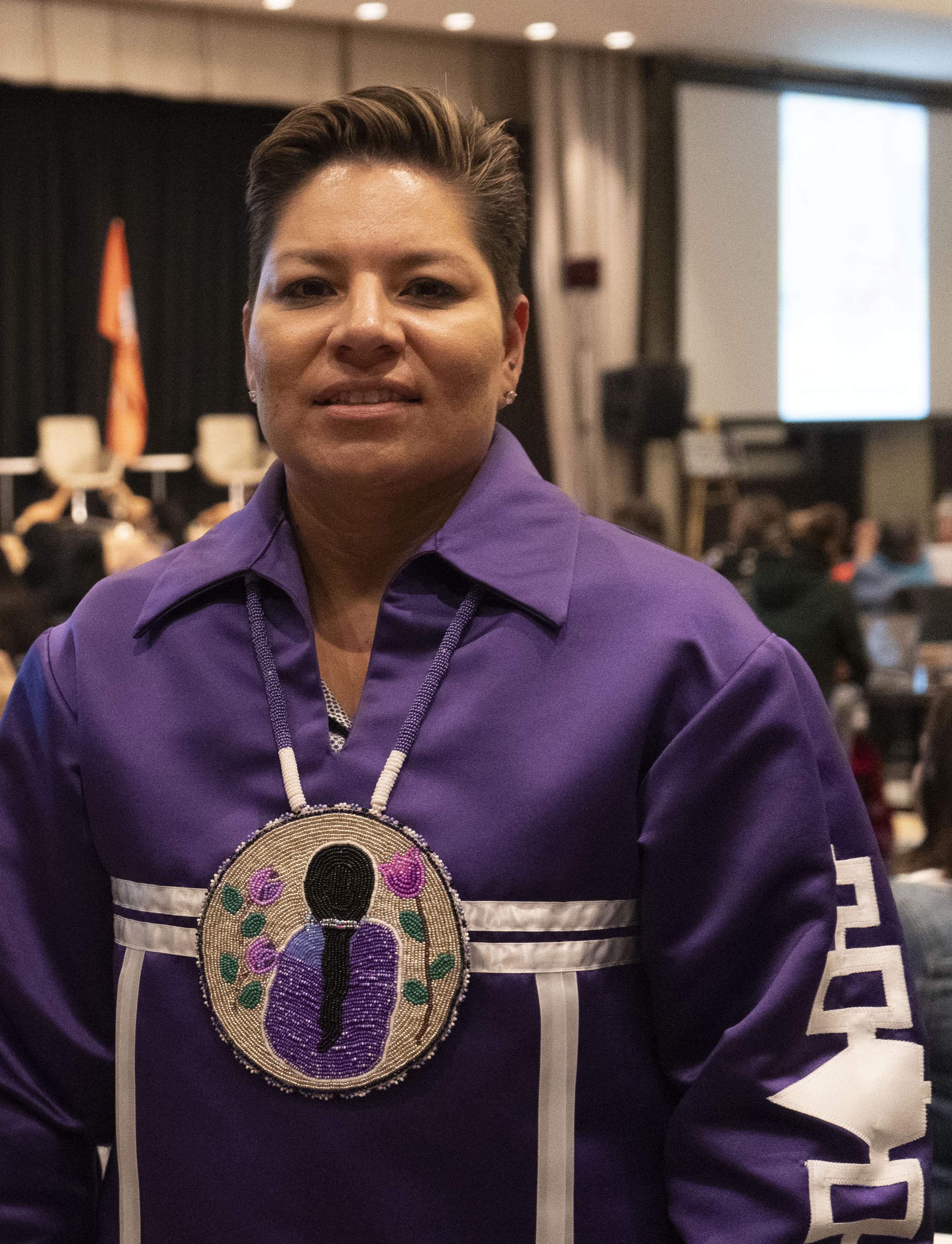
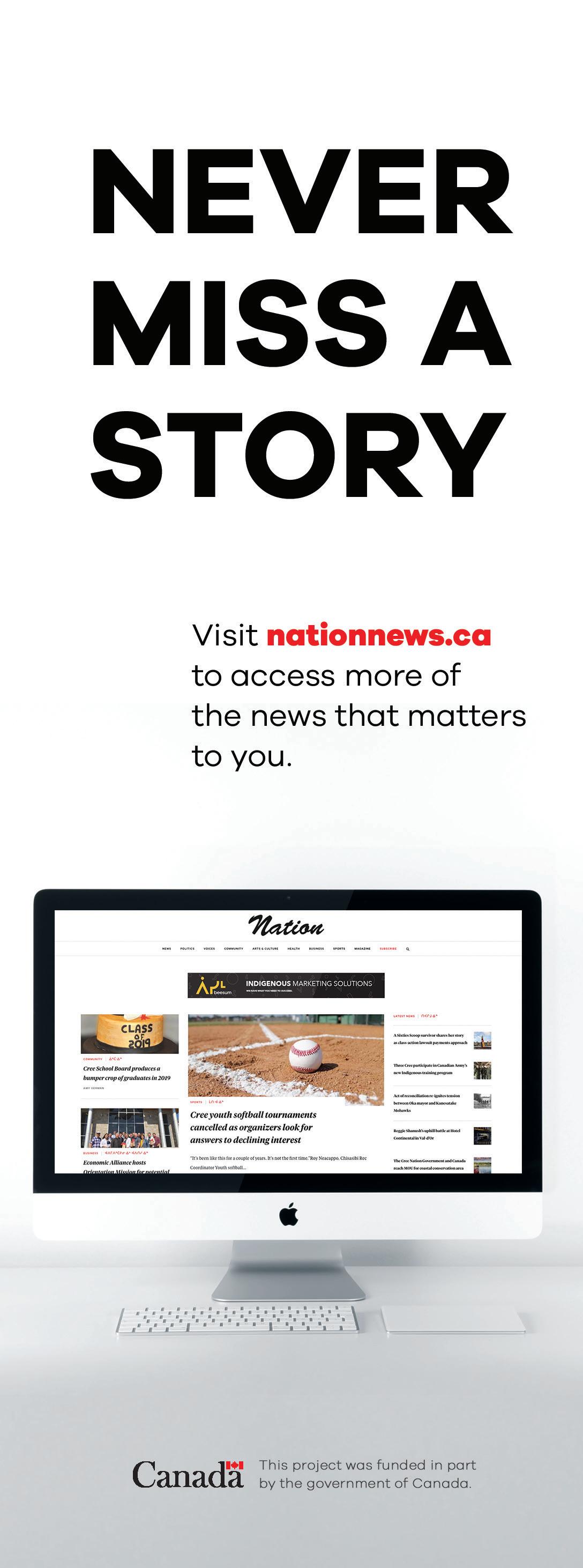



nationnews.ca WE GIVE TO THE A VOICE CREE NATION



Music master
PaulStar discusses his musical journey that has culminated in his first album
by Joshua Janke
Paul Napash, a.k.a. PaulStar, is a multi-talented Cree artist from Chisasibi. With almost three decades in the music industry, PaulStar is not only a musician, performer and producer, but has become a mentor to aspiring talents.
PaulStar released his debut album in January. Bring It All Together features 11 songs that reveal his rich and diverse musical influences.
Nation: How did your musical journey begin, and what inspired you to pursue a career in music?
PaulStar: I started my musical journey at the age of 10, learning chords and playing songs by ear. Coming from a musical family, my father and uncles influenced me, and my guitar mentor, Robert Bobbish, introduced me to rock guitar skills.
Music became my escape, helping me navigate through the challenges of growing up, and providing an outlet for expression. In Chisasibi, I experienced various problems, such as being bullied at school and getting into fights during my teenage years. Although things were a bit different in Waskaganish, and people were generally kind, I still encountered bullies here and there.
My life was difficult, but music was there to help me. I strongly believe that other artists based in Eeyou Istchee may have also experienced similar traumas. In fact, many people across

Canada face comparable life experiences and issues.
Nation: You’ve been involved in the music business for almost three decades. How has your journey evolved over the years?
PaulStar: I began as a guitarist playing at local talent shows and music festivals across the James Bay region, and pretty much almost all the Cree communities. However, my understanding of the music business deepened in my late 20s and early 30s when I pursued studies at Algonquin College in the Music Industry Arts.
After graduating in 2017, I founded Meikin Records, my record label, which
has been thriving since. My goal is to leave my mark in the music industry and Bring It All Together encouraged me to demonstrate my guitar skills and vocal range.
Nation: Bring It All Together seems to be a significant milestone for you. Tell us more about the album and its themes. PaulStar: Bring It All Together is a musical journey that explores themes from love to self-discovery. The album showcases versatility with intimate performances like “Rain” and genre-spanning tracks like “Home With You” and “Perfect Love.” Crafted and recorded in my former apartment, the inspiration
22 the Nation March 22, 2024 www.nationnews.ca
Arts
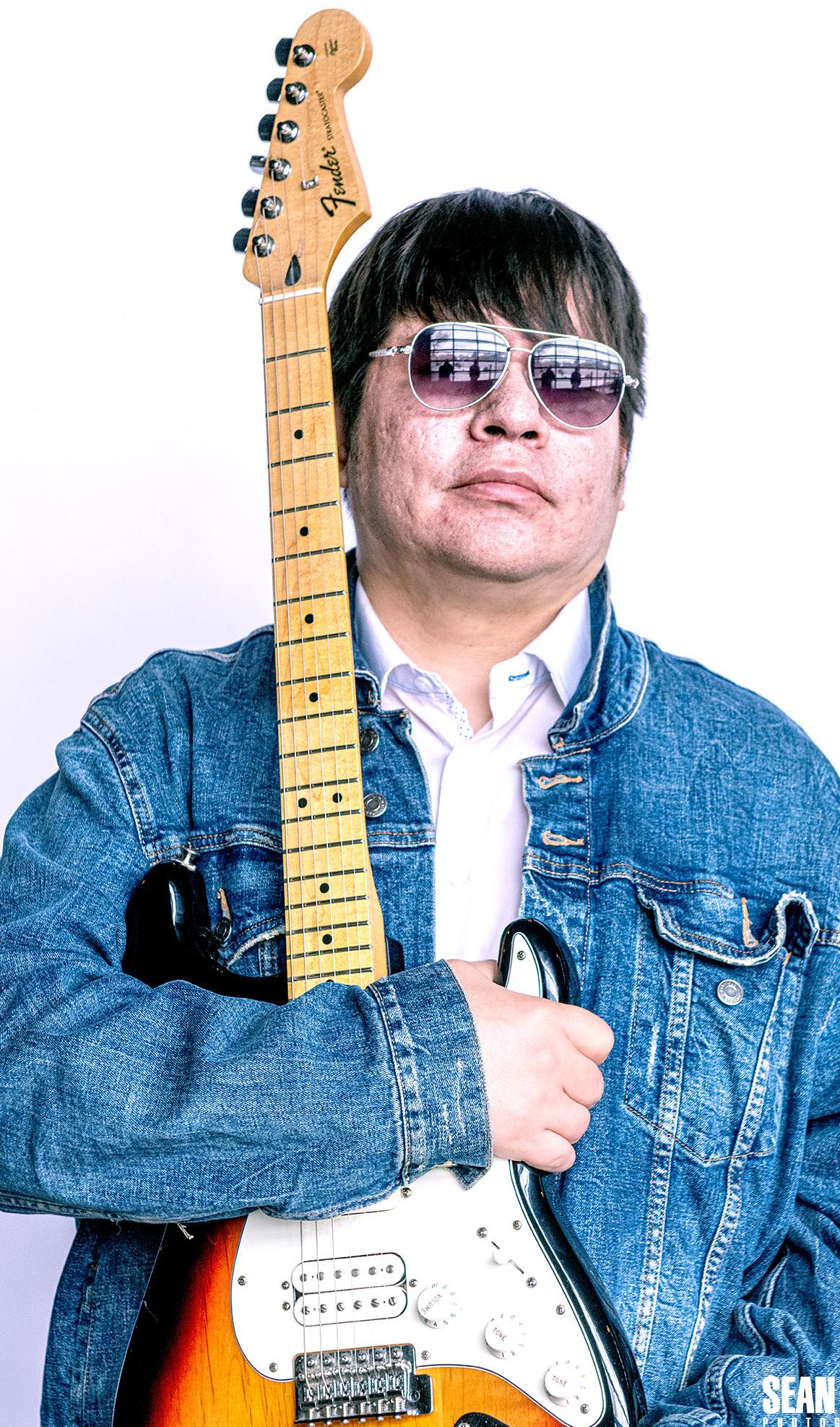
came from popular tracks and exceptional talents found on streaming platforms.
Nation: In addition to your musical endeavours, you’ve become a mentor for Cree youth via your involvement in the Mikw Chiyâm program.
PaulStar: Mikw Chiyâm is an arts concentration program in Northern Quebec where I mentor secondary students, sharing not only my musical expertise but also my entrepreneurial skills in creating Meikin Records.
Music residencies like these not only increase students’ attachment to their studies but also provide valuable insights into building a career around music. It’s about inspiring the next generation to follow their passion and dreams.
I hope they learn a lot from me that will inspire them to take things so much further – because music is great. Music can change anything; it can change lives.
Nation: What advice do you have for aspiring musicians and those interested in the music industry?
PaulStar: For those starting out, focus on learning the basics. Making music can be a lot of fun once you have the necessary skills. For those who are just starting out, it’s important to learn the basics first. This includes understanding things like rhythm, chords, scales and melodies.
There’s a wealth of free resources available on YouTube, as well as music books that can be found at any music store or library. You can also consider formal education in music, like the programs at Algonquin College, Recording Arts Canada, Trebas Institute or Seneca.
Networking is key, so connect with industry professionals, build relationships and never give up on your dreams.
www.nationnews.ca March 22, 2024 the Nation 23

Puzzles
Here’s another edition of the Nation’s puzzle page. Try your hand at Sudoku or Str8ts or our Crossword, or better yet, solve all three and send us a photo!* As always, the answers from last issue are here for you to check your work. Happy hunting.
ACROSS
1 Basil, e.g.
5 "Dark Angel" star Jessica
9 Brilliant display
14 Say it's so
15 Lumber defect
16 River by the Louvre
17 Dairy-farm equipment
19 Singer profiled in "Sweet Dreams"
20 Get a rise out of
21 Naples native
23 Wheel on a spur
24 Partners of gowns
25 Autumn mo.
27
PREVIOUS SOLUTION:
Margie E. Burke

24 the Nation March 22, 2024 www.nationnews.ca
____" 29 "Just as I thought!" 32 Fuss over oneself 58 Versatile, as a 10 Prison units 35 Get the drop on 34 Showed up for tool 11 Ovid's 53 37 Parenthetical 36 Gives a hand 60 Insect stage 12 "___ and the comment 37 Not quite right 61 Grimm story King" (Foster 38 Chow-hall friend 39 In the thick of 62 Spanish custard film) 41 Leave in the 40 Turned loose 63 Mortise's mate 13 Arcade patron lurch 42 Stand for 64 Regarded 18 Martin's partner 42 Ready 43 Give it a whirl 65 Mobile home? of old TV 45 Musical run with 44 Hoover 22 Bakery treats four sharps competitor DOWN 25 Eyeball benders 46 Did an axel, say 47 Elton John, for 1 Door securer 26 News source 48 Muralist Rivera one 2 Anon's partner of yore 50 "Rough" writing 48 Root beer brand 3 Supposedly 28 Eight a-milking, 51 Opening 49 Watermelon 4 Shout of in song 52 Cell phone waste approval 29 Like some display 51 Ms. magazine 5 Greet the day evidence 53 Welsh form of co-founder 6 Johnny-come- 30 Klum of "Project John 54 Running back's Runway" 55 Lean anagram stat 7 Certain sib 31 Viper 56 Shipped 57 Long-___ 8 Peachlike fruits 33 Oahu-to-Maui 59 Calendar box 9 Coop flier dir.
Copyright 2024 by The Puzzle Syndicate
Sheryl Crow song, "Can't Cry
Crossword by
Solution
S A M B A S T A B G I S H C L E A T H I D E U N T O A G E N T R E D L E T T E R B A T T E R E D I N T E R N A M O K R E T U R N S S K I M P Y R E F E R S T I M T A L O N R A T E S E L M O L A D E N L A V E W O O D S N E W E R T E N R O C O C O W E R E N T A V A R I C E W E V E B A L L O T M I L I T A N T A L I E N A T E D V I R E O C U T S V O T E A N T S Y K E Y S E W E R L A S T S 7 31 725 85 843 7 56 47 1 8 7 6 39 2 © 2024 Syndicated Puzzles 2361 6847 5 134 41 872 9 9243 4791 © 2024 Syndicated Puzzles 791286354 638415729 425937168 243561897 589723641 176849532 814352976 367194285 952678413 STR8TS No. 694 Easy 7698543 6783524 7854632 897645 546231 432198 4253187 3124897 2357986 1 9 7 6 5 How to beat Str8ts –Like Sudoku, no single number can repeat in any row or column. But... rows and columns are divided by black squares into compartments. These need to be flled in with numbers that complete a ‘straight’. A straight is a set of numbers with no gaps but can be in any order, eg [4,2,3,5]. Clues in black cells remove that number as an option in that row and column, and are not part of any straight. Glance at the solution to see how ‘straights’ are formed. Previous solution - Medium SUDOKU To complete Sudoku, fll the board by entering numbers 1 to 9 such that each row, column and 3x3 box contains every number uniquely. For many strategies, hints and tips, visit www.sudokuwiki.org If you like Str8ts check out our books, iPhone/iPad Apps and much more on our store. The solutions will be published here in the next issue. You can fnd more help, tips and hints at www.str8ts.com No. 694 Tough Previous solution - Medium
to Crossword:
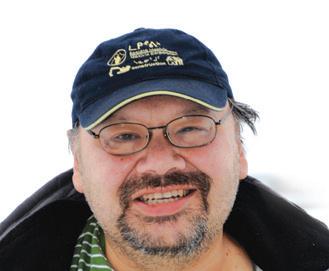

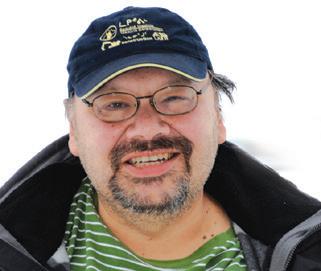
TSticker shock
by Sonny Orr
he flock of geese, majestic and noisy, flew over the southern farms and started heading north. Then suddenly, they headed back south before flying north again. What is going on?
To the untrained eye, it’s still winter and the geese just don’t appear to know that right now. The early-spring (late-winter?) rain fooled them and just about everyone else into thinking that winter was over. But winter decided to stick around a little longer. What else is new?
I see that shopping in the south is now costing even more than back home. Except for the vegetables, that is – they have a short shelf life after hanging around the south before being transported thousands of kilometres to our limited shelf space.
Once in the fresh vegetable bin at the store, the price really does shock you into a whimpering fool. Then you silently buy frozen and canned vegetables, hoping that no one notices, until you see other shoppers doing the same.
This also validates your purchases of longer-lasting processed foods while hoping that the bread makers loaded up on extra chemical preservatives to ward off anything that turns the bread green.
Not that long ago, a real meat-eating individual lamented over an apparently large display of fresh vegetables, calling it “white man’s food”. I was disturbed by his
anguish, and I had to teach him that this was not non-Native food he was crying about. The corn, the squash, the tomato, the oranges were all First Nations food and since the last century are now mass produced to feed the world. Likewise, the cod, the salmon and other foods were also Indigenous. Quietly, the complainer stated that he didn’t know those facts.
Then he complained about the chicken pizza baloney, all pastas and beef patties, which happen to be our favourite foods. Why should we eat it, he asked, much less buy it? That’s a more legitimate question.
I ended up going to the toiletries section to get away from the whining food critic. Why couldn’t he complain about the price instead, which is a real problem up here.
I shop very cautiously and compare every price. Is the $48 kilogram of ground beef really that necessary to complement the sauce in our holiest and undisputed champion of favourite foods – spaghetti? It is getting priced out of the average kitchen dinner menu. No, just make the sauce a little thinner. And the pasta, well, use the whole box instead of trying to save a few noodles. It’s better off in the stomach anyways.
Lately, while shopping in the south, the search for local flyers and sales are
important activities. Read them with the consumer reviews on social media to find the right price at the right place and the right time when your bank account is a financial nightmare.
Luckily for me, luck is all that’s left when it comes to battling sticker shock. The only cure for that is a double dose of sale-priced items and a slightly bigger bulge in the bank account.
Now, for anything to do with travel and pricing, the best bet is to use a discreet vehicle that doesn’t scream Steal Me! in a discount shopping mall parking lot. Make sure you always leave at least one large nephew in the front seat to ward off any thieves who are looking to smash your side window and walk away with that shopping bag you just placed out of sight (or so you thought).
Yes, it is pricy everywhere. But that lack of discount foods and clothing, or just about anything basic in life, has made many people desperate in the south. They do not have large extended family and friend relationships that we do in our communities. Thank God for family and friends who will help you out in times of distress.
So, shop carefully folks. Signing out from an overpriced territory, I remain deeply discounted.


www.nationnews.ca March 22, 2024 the Nation 25
Rez Notes
T T T

Ireceived my copy of No Spiritual Surrender: Indigenous Anarchy in the Defense of the Sacred by Klee Benally around the same time as the Oppenheimer-dominated Oscars ceremony. I learned about Benally a while ago through his activism against radioactive waste from nuclear bomb testing in Diné (Navajo) territory that still poisons his people and his land to this day.
Benally’s life-long work for Indigenous rights is polarizing, even among Native communities. Radical movements and beliefs are often subject to mockery under the pretext that they are unfeasible. However, people with condescending attitudes towards radicals often fail to prove the moral superiority of so-called liberal democracy and its settler-state understandings of it.
Anarchism gets a bad rep in our collective imagination, as it is often associated with chaos and violence. As a political philosophy it does score valid points in questioning the justification of hierarchy, government and the coercion needed to enforce those structures.
If we criticize anarchist theories for their perceived violence, we must recognize that the imperialist and capitalist systems forcibly imposed on Indigenous peoples are inherently violent. Canada is a G7 country for the wealth gained from the theft and mass extraction of natural resources. To exploit that natural wealth, it engages in the assimilation and criminalization of Indigenous peoples – some call it genocide – and the exploitation of labour.
In No Spiritual Surrender, Benally argues that Indigenous peoples historically had a diverse range of social and political structures prior to a relatively recent colonization. He explains that our traditional systems often rest on a deep understanding of cycles acquired from generations of respect for the land –instead of violence against it.
Indigenous anarchy
by Maïtée Labrecque-Saganash

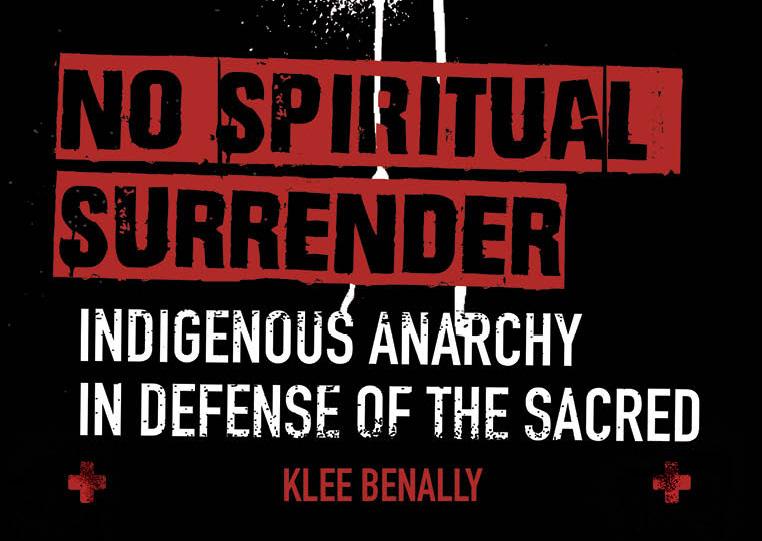
“We know the land and the land knows us,” he writes. “Who we are and where we are mean the same thing.”
Benally also references the accountability mechanisms we had to deal with wrongdoings within our communities before the existence of police forces. In the Canadian context, where law-enforcement agencies were created to enforce the colonial policies of the federal government, it’s a legitimate argument.
We have a long track record of fighting authoritarian regimes. Fun fact: by going through the entire registry of the International Brigades of the Spanish Civil War, I found a few Indigenous volunteers who fought against fascism.
Benally’s book is the result of his involvement in many sacred land-struggle campaigns. He concludes that they led to mixed and failed results because they largely relied on the legal parameters of the United States rather than direct action and civil disobedience. Historically, people secured strong gains through the disturbance and total rejection of oppressive systems rather than working within them.
The ideas that Benally brings forward might be harsh to many, but so are the vio-
lent deaths of millions of Indigenous people since 1492 because of colonial strategies and policies. After all, Jean-Jacques Dessalines didn’t free Haiti by trying to befriend and convince Saint-Domingue slaveowners of his humanity. He did so by “koupe tet, boule kay” (meaning “cut off the head, burn down the house”).
Benally and anarchists ask fundamental questions: Who should define and enforce the concept of safety? Are the ones at the top of a forced vertical hierarchy the best authority in terms of morals, conduct and ethics? Therefore, I don’t think their philosophy should not be deemed inferior to other theories like neo-liberalism.
Ironically, a few months after Benally’s passing on Dec. 31, 2023, Oppenheimer won seven Oscars even though the script contains one vague line about the Diné who were forcibly removed from their land by J. Robert Oppenheimer’s team then ultimately killed by the radioactive waste that still contaminates their land.
Perhaps, we should look at Benally’s beliefs as a plea for Indigenous dignity rather than a utopia.
26 the Nation March 22, 2024 www.nationnews.ca
Tea & Bannock T&B
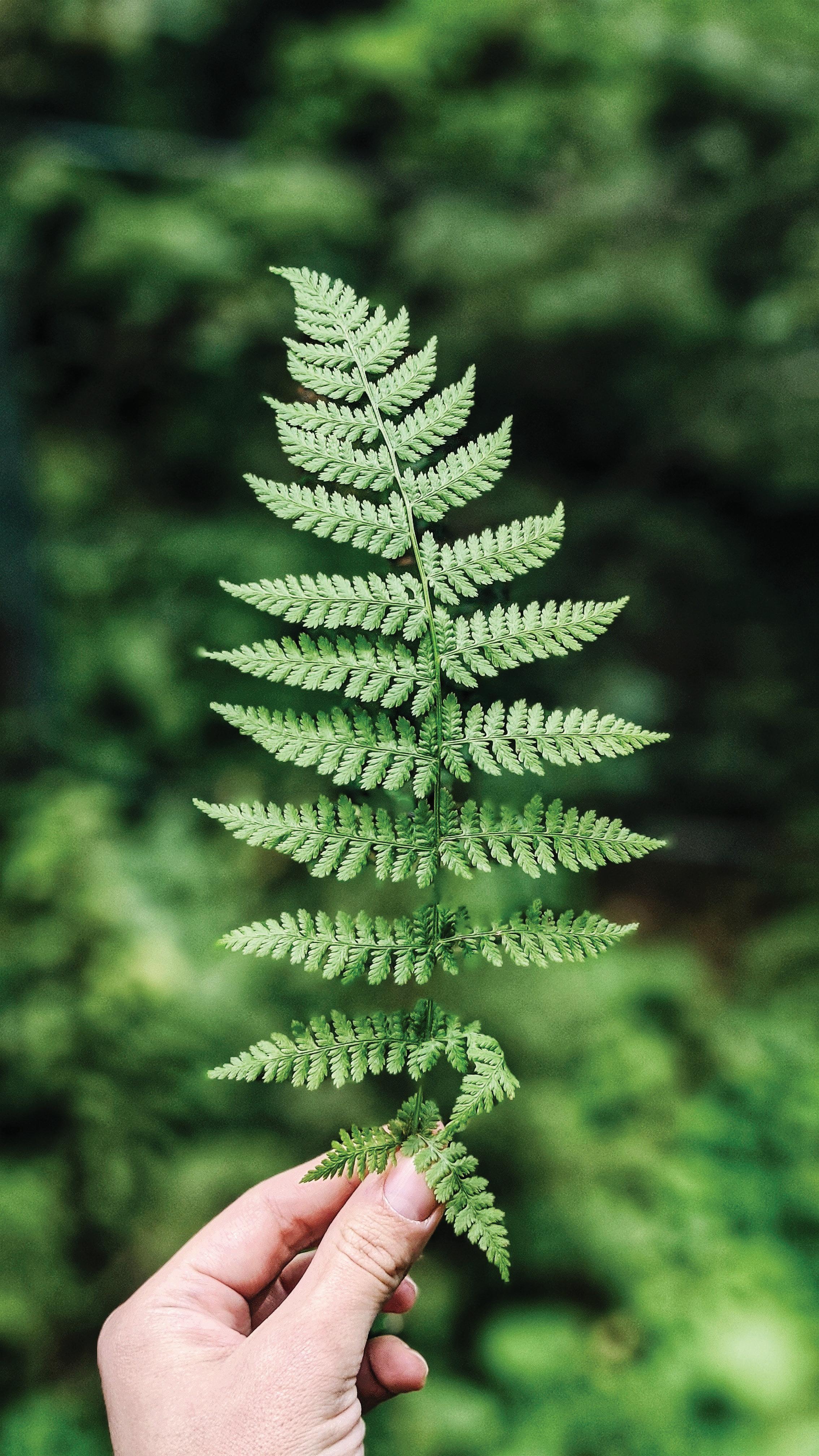
Design Translation Hoodies Promo Items Printing Corporate & Event Materials Apparel T-shirts Backpacks Annual Reports 514-272-3077 info@beesum.com beesum.com We ofer a wide range of services that can assist you in the growth of your business
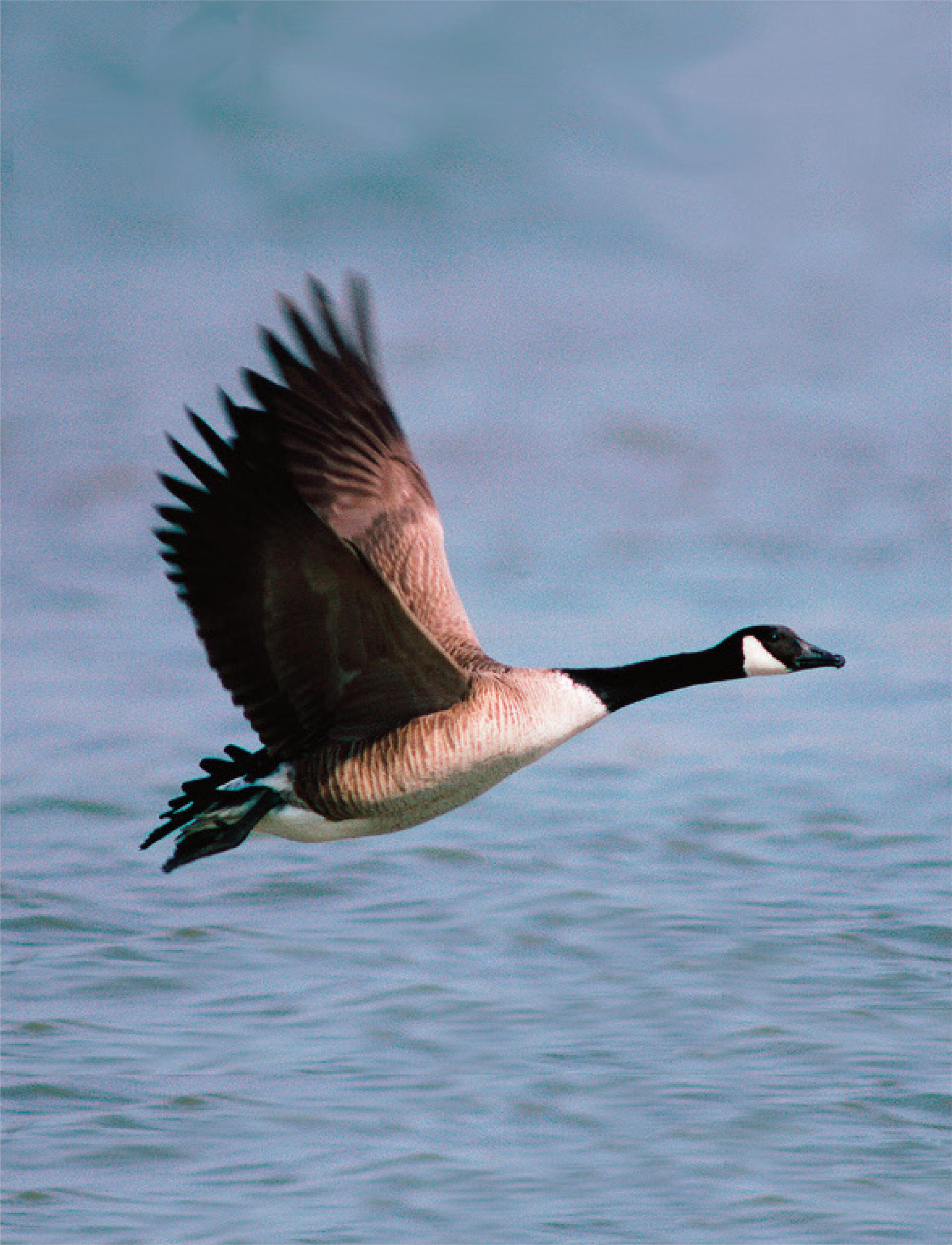

We offer discounted rates and seat sales. For information, reser vations, or charters call: 1-800-567-6567or visit: www.aircreebec.ca Your Northern Airline of Choice











































































